I booked a long layover in San Salvador, the capital of El Salvador, as part of our Avianca itinerary on the way down to Nicaragua.
Avianca’s flight times at its primary Central American hub are optimized for quick and convenient connections in either direction. But since it’s been so long since I’ve visited a new country (not since the pandemic began), I couldn’t resist the opportunity to build in a longer layover here and explore a bit of what El Salvador has to offer.
The Layover
On this itinerary, we’d arrive into San Salvador at 6:45am in the morning, and wouldn’t be departing for Managua until 9:30pm at night. That gave us about 14 hours to explore the Salvadoran capital.
While it’s possible to rent a car and move about on your own, I’d recommend booking a tour guide for the day to make the most of a quick visit.
We went with El Salvador Positive Tours, who offered a private tour with a driver and tour guide for US$130 per person – which we felt was on the expensive side, but not overly so given that it’s a full day in town.
Here’s one important thing to note: if you’re spending a long layover in El Salvador, the immigration officers may want to verify that you’ve paid the requisite landing and departure taxes before allowing you into the country, since these taxes don’t always automatically get charged when you purchase an Avianca ticket with a mere layover in San Salvador.
You’ll be asked to go to the Avianca ticketing desk to print out the itemized bill of your itinerary (and pay the additional taxes of ~US$10 if necessary), so this can add a slight delay to the start of your long layover.
In our case, we didn’t get out of San Salvador airport until around 8am, at which point we embarked on the long drive for…
10am: Joya de Cerén
Often referred to as the “Pompeii of the Americas”, Joya de Cerén is one of El Salvador’s most prominent historical attractions and a UNESCO World Heritage site.
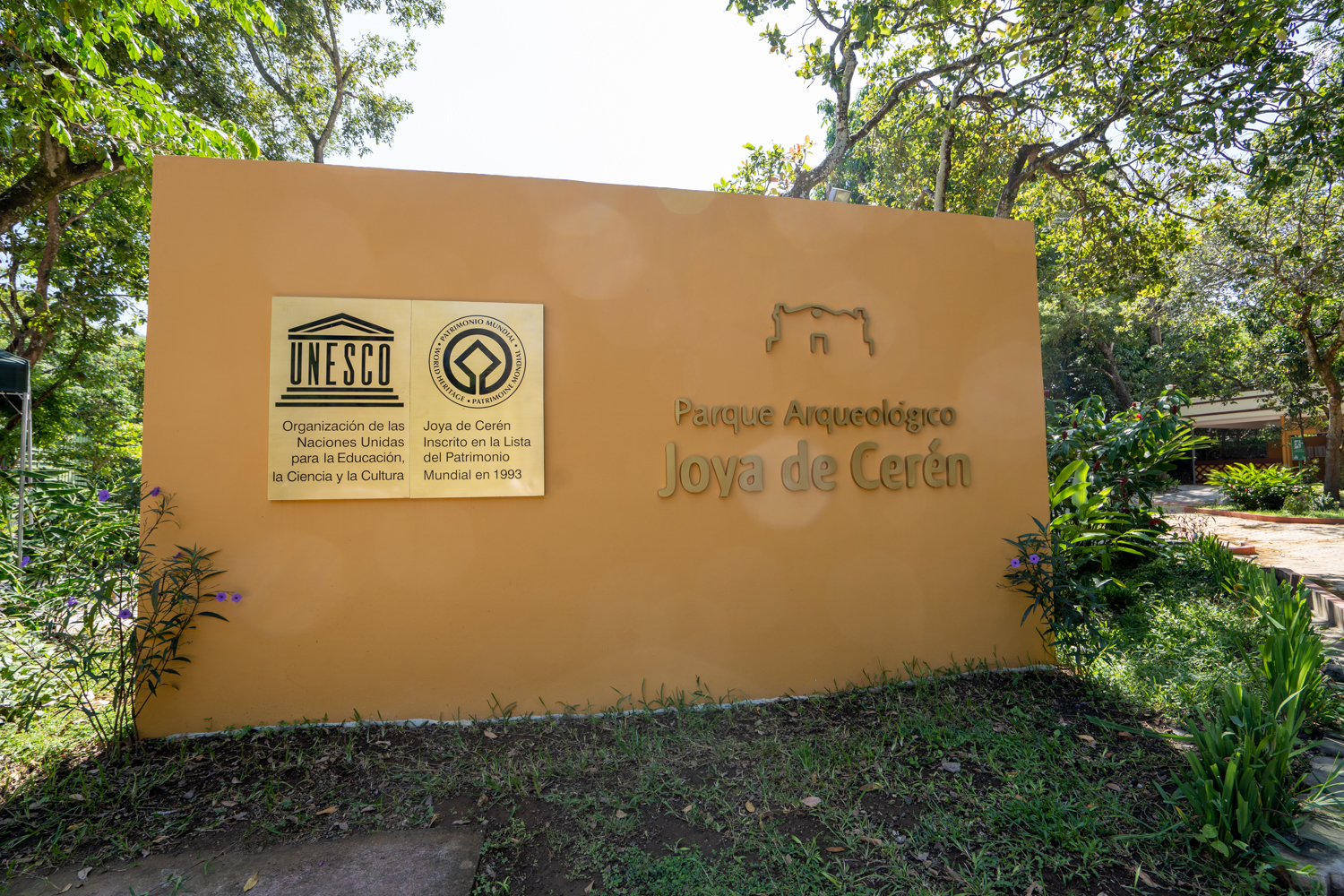
The archaeological site was excavated in 1976, revealing an ancient Mayan village dating back to the year 200, which became covered under 14 layers of volcanic ash from the nearby Loma Caldera volcano upon its eruption around the year 600.
Unlike the Mayan ruins that you’ll find in Mexico or Guatemala, which were home to the royalty of that era, the exceedingly well-preserved Joya de Cerén offers a rare insight into the everyday life of Mayan common folk.
There are three separate covered areas to walk through, each containing several significant archaeological structures. You’ll witness the remains of communal areas, kitchens, saunas, and sacrificial altars, all of which played a key role in the agricultural societies of ancient Mesoamerica.
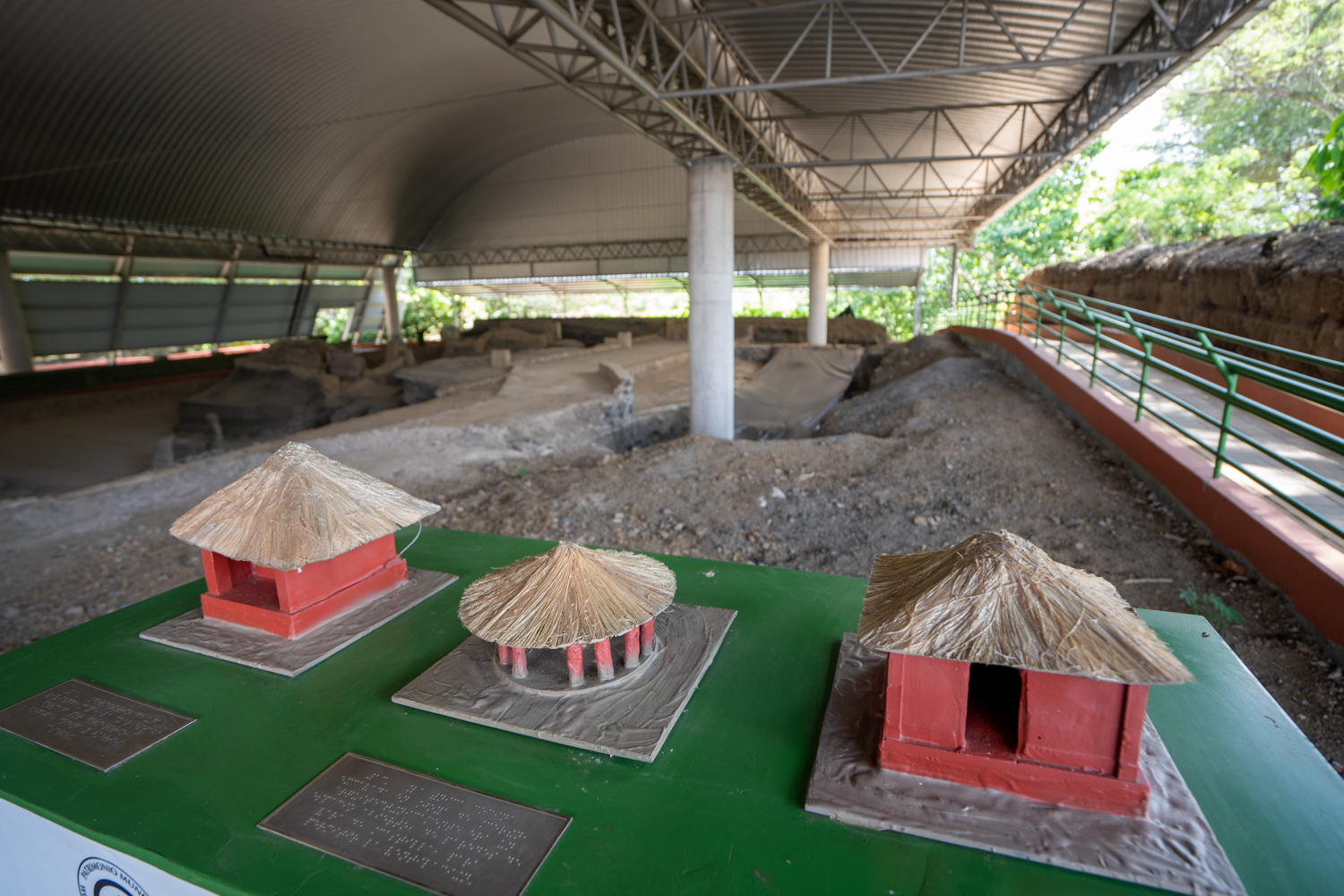
11am: Parque El Boquerón
From Joya de Cerén, it’s about an hour’s drive back in the direction of San Salvador – but first with a stop at Parque El Boquerón on the outskirts of the city.
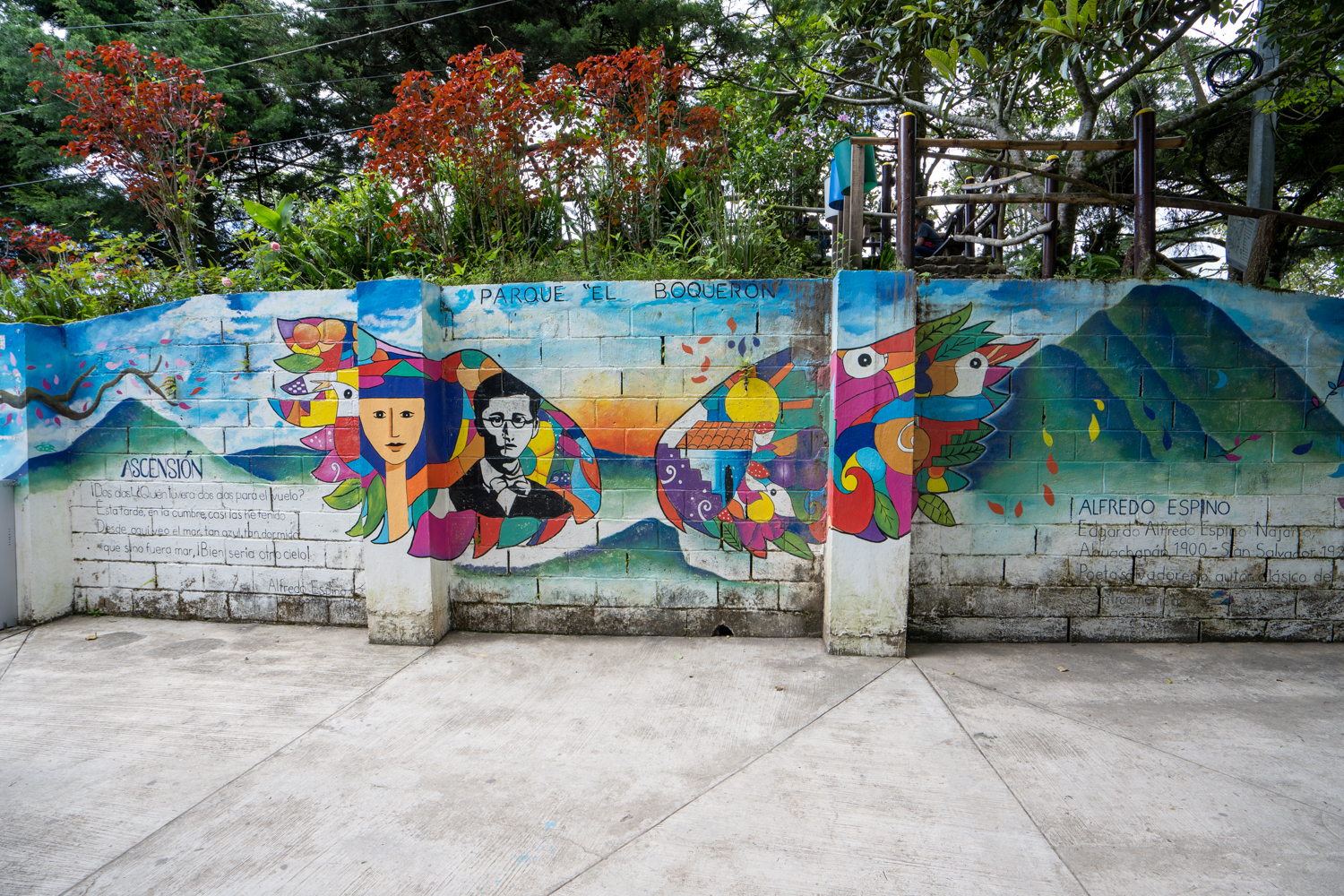
El Boquerón is situated on the San Salvador volcano, which last erupted in 1917. The volcano continues to loom over San Salvador with its geological threat, whilst simultaneously serving as an icon and defining feature of the city.
Upon visiting the park, you can complete a short hike up to a viewing platform to look at the volcano’s central crater, which is quite the stunning sight at five kilometres in diameter. As would become a theme along this trip, it was somewhat frightening to be standing atop an active volcano with fast-flowing lava just a short distance below the ground!
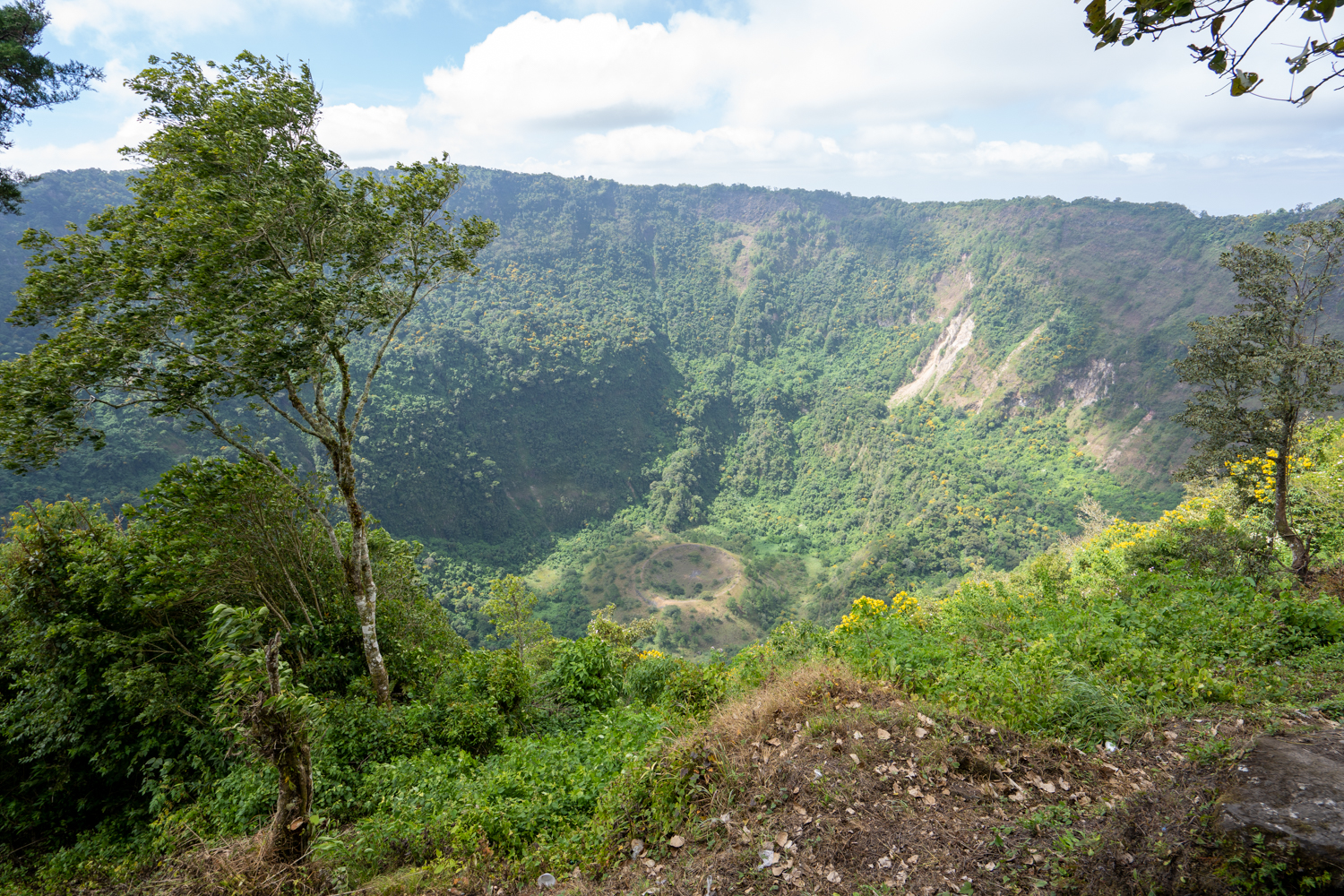
The hiking trails continue along the edge of the crater, affording a few different viewpoints of the imposing El Boquerón crater. While you’re here, stop by the trailside vendors to try some interesting foods, like a bag of jocotes (also known as red mombins or hog plums) soaked in chilli powder and ground pumpkin seeds.
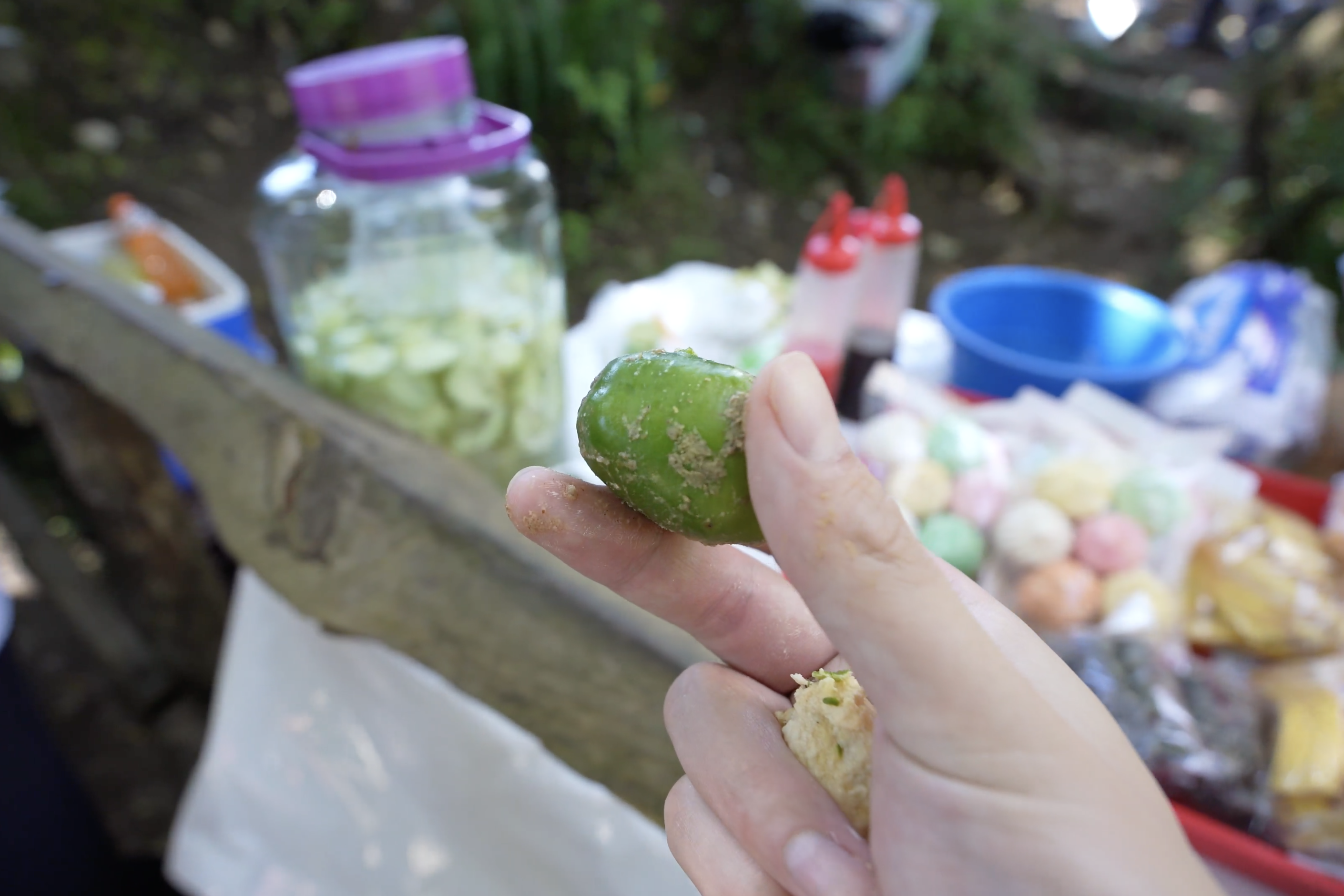
1pm: San Salvador City Centre
After seeing the main sights on the outskirts of town, it was time to head into the city of San Salvador.
Like most Latin American metropolises, there’s a newer and more modern part of town with shopping malls and brand-name hotels, but it’s the historic city centre that makes for a more interesting place to spend some time.

The heart of Old San Salvador is concentrated around two public squares: Parque Barrios and Parque Libertad. Situated around these plazas, you’ll find the San Salvador Metropolitan Cathedral, the National Palace, the National Theatre, and the El Rosario Church.
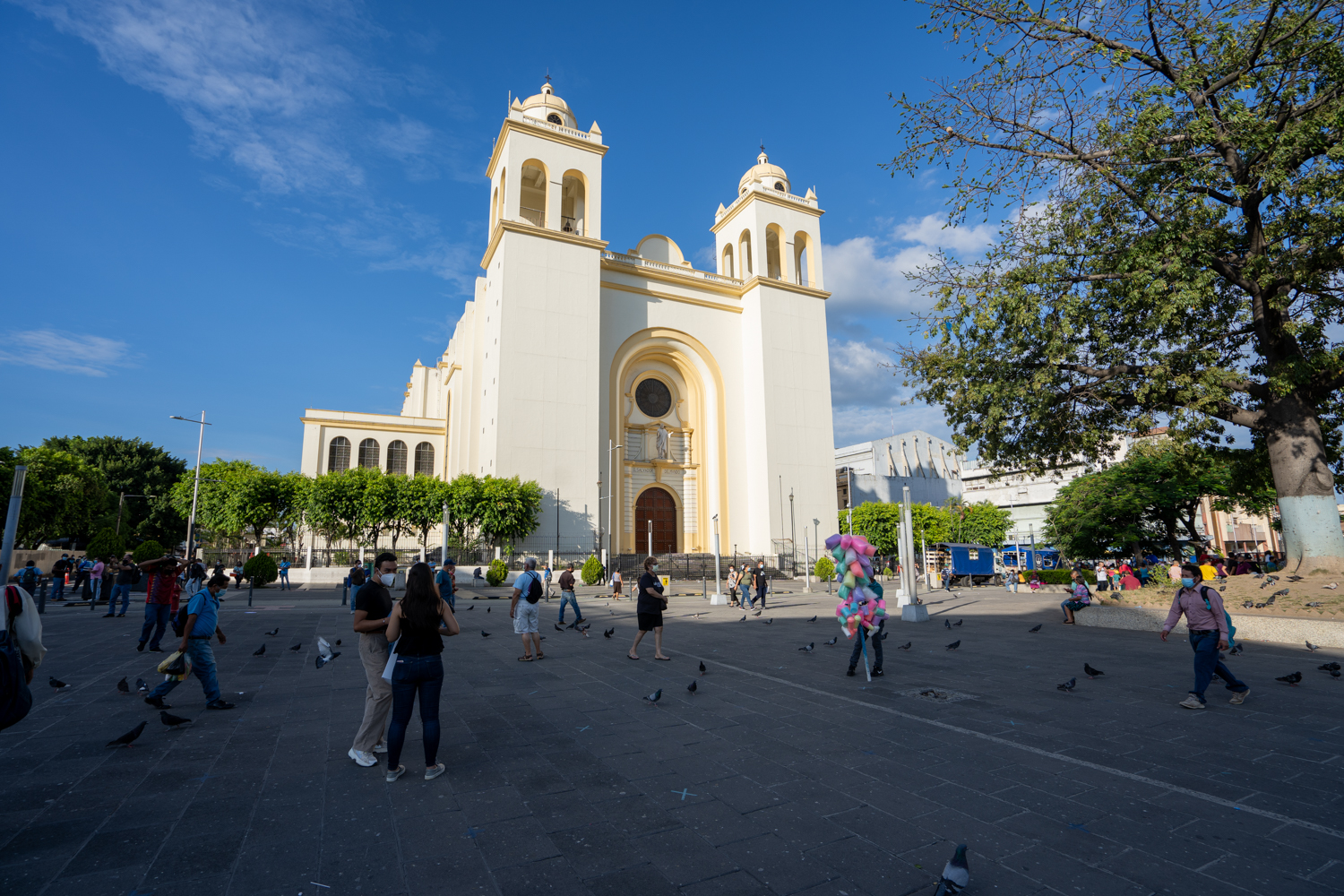
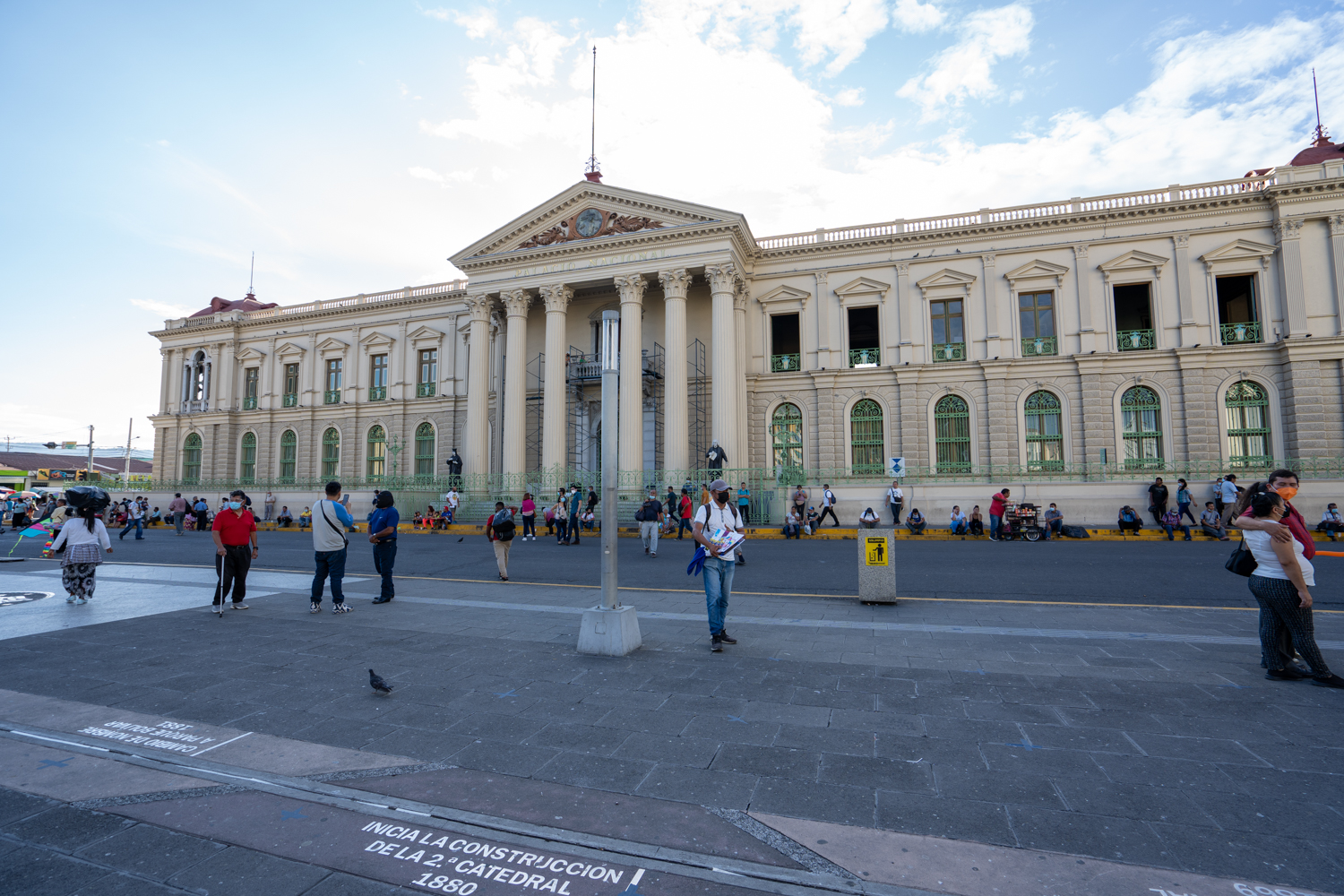
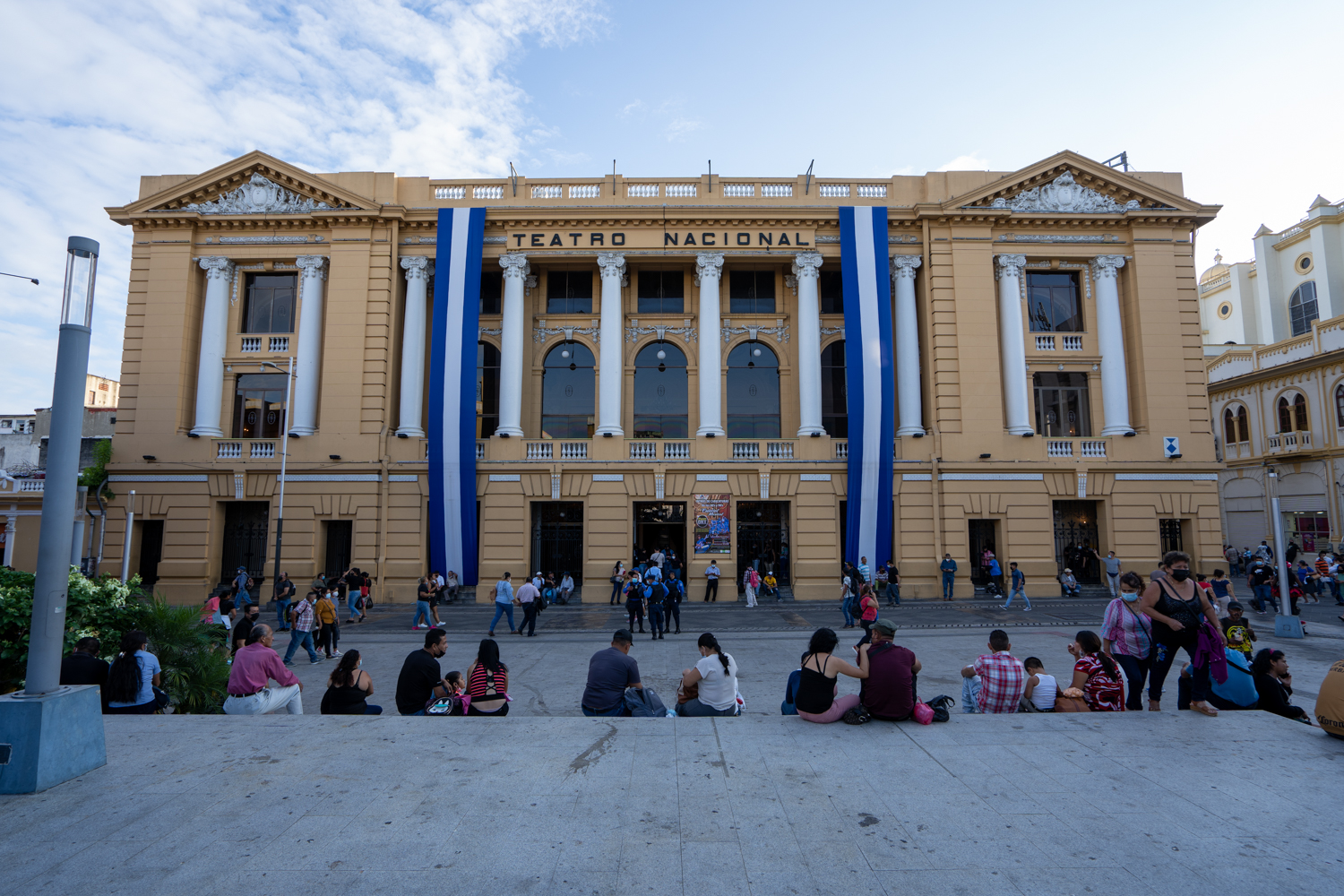
Wandering through the Catedral Metropolitana, you’ll find a series of tributes to Óscar Romero, a notable archbishop who fiercely spoke out against the violence and injustices of the 1970s in the lead-up to the Salvadoran Civil War.
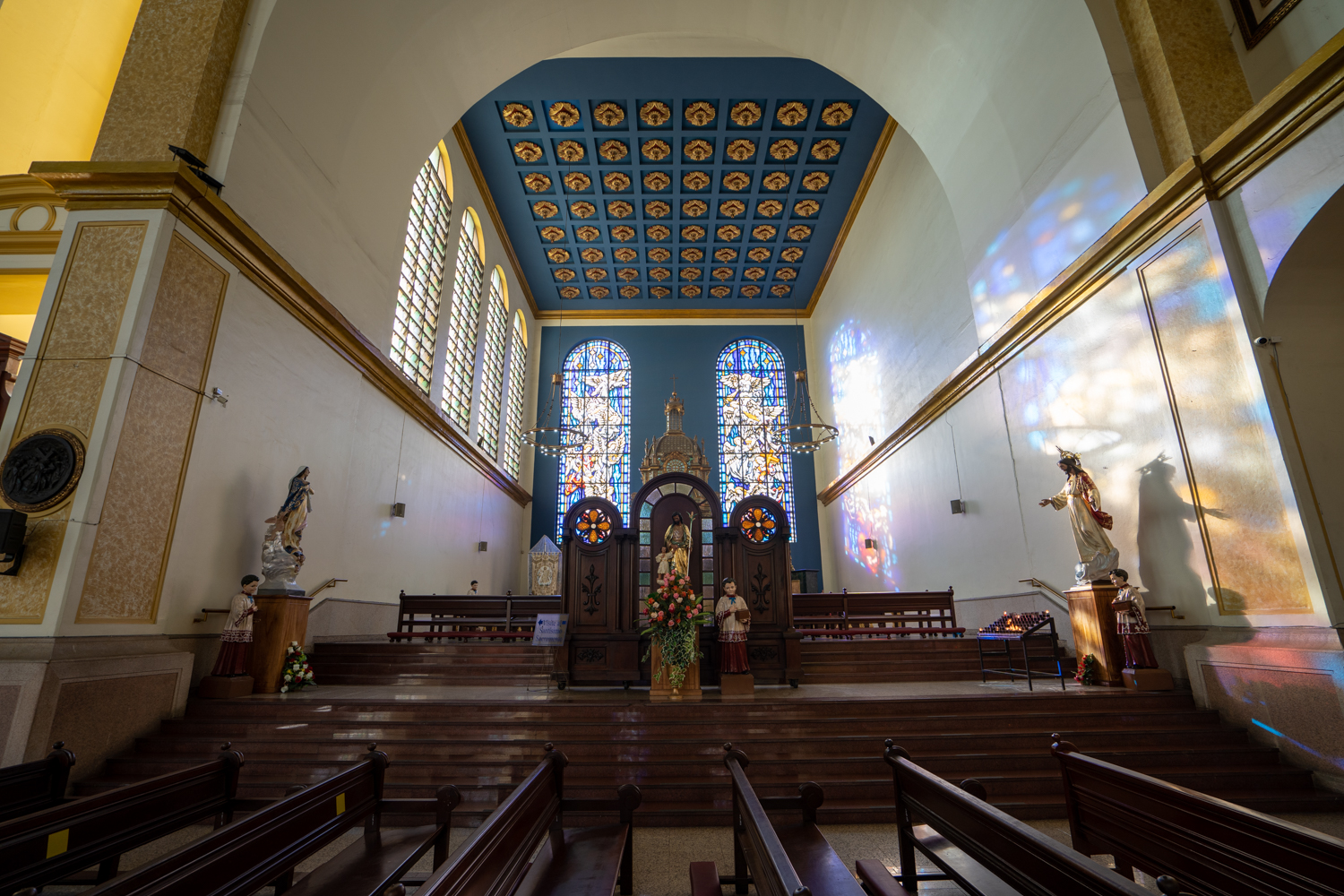
Romero is widely viewed as a patron saint of El Salvador and of the Spanish-speaking Americas as a whole, and in fact you’ll find further tributes to him dotted all around the country.
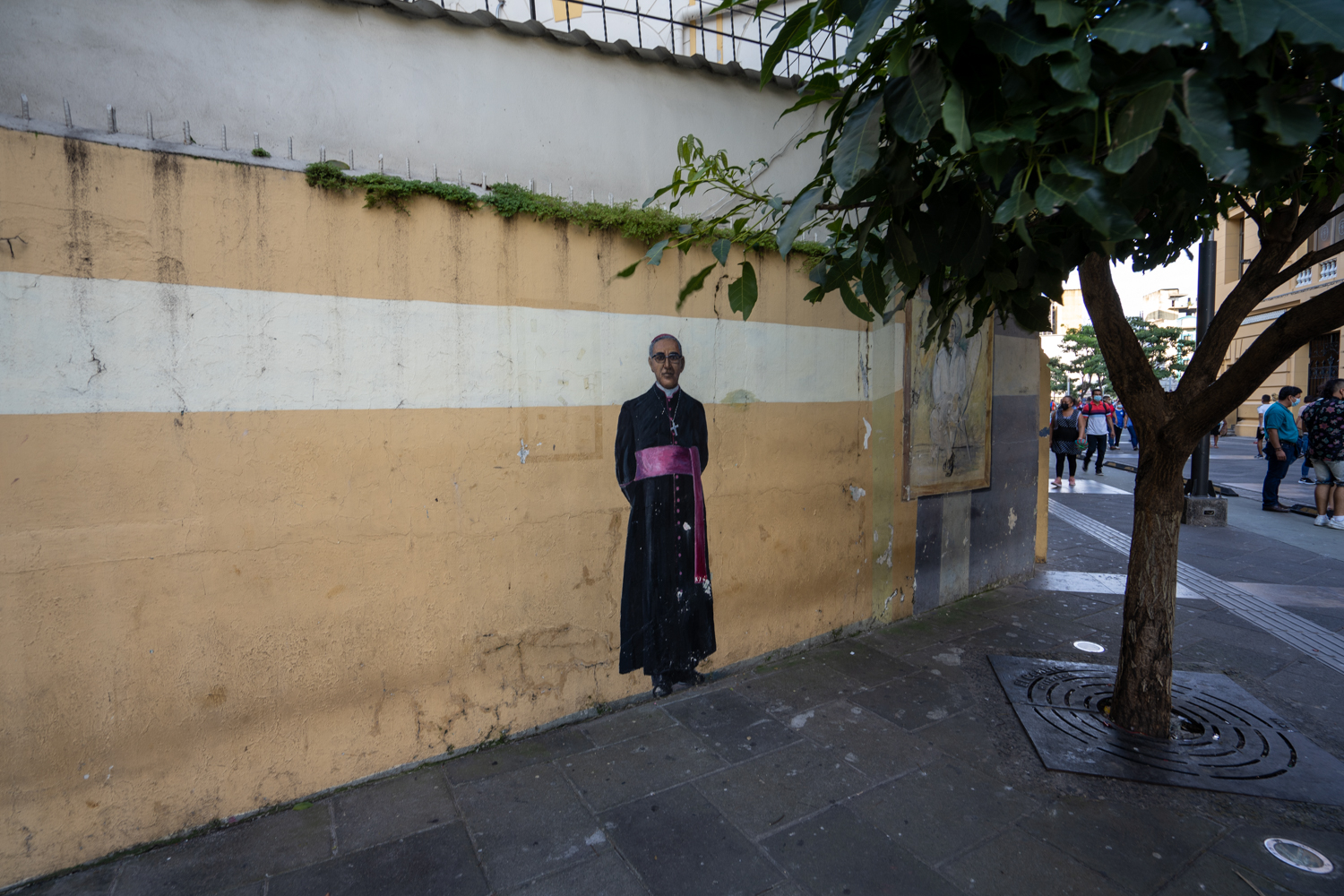
Meanwhile, the Iglesia El Rosario might look like a dilapidated and uninspiring spaceship-like structure from the outside…
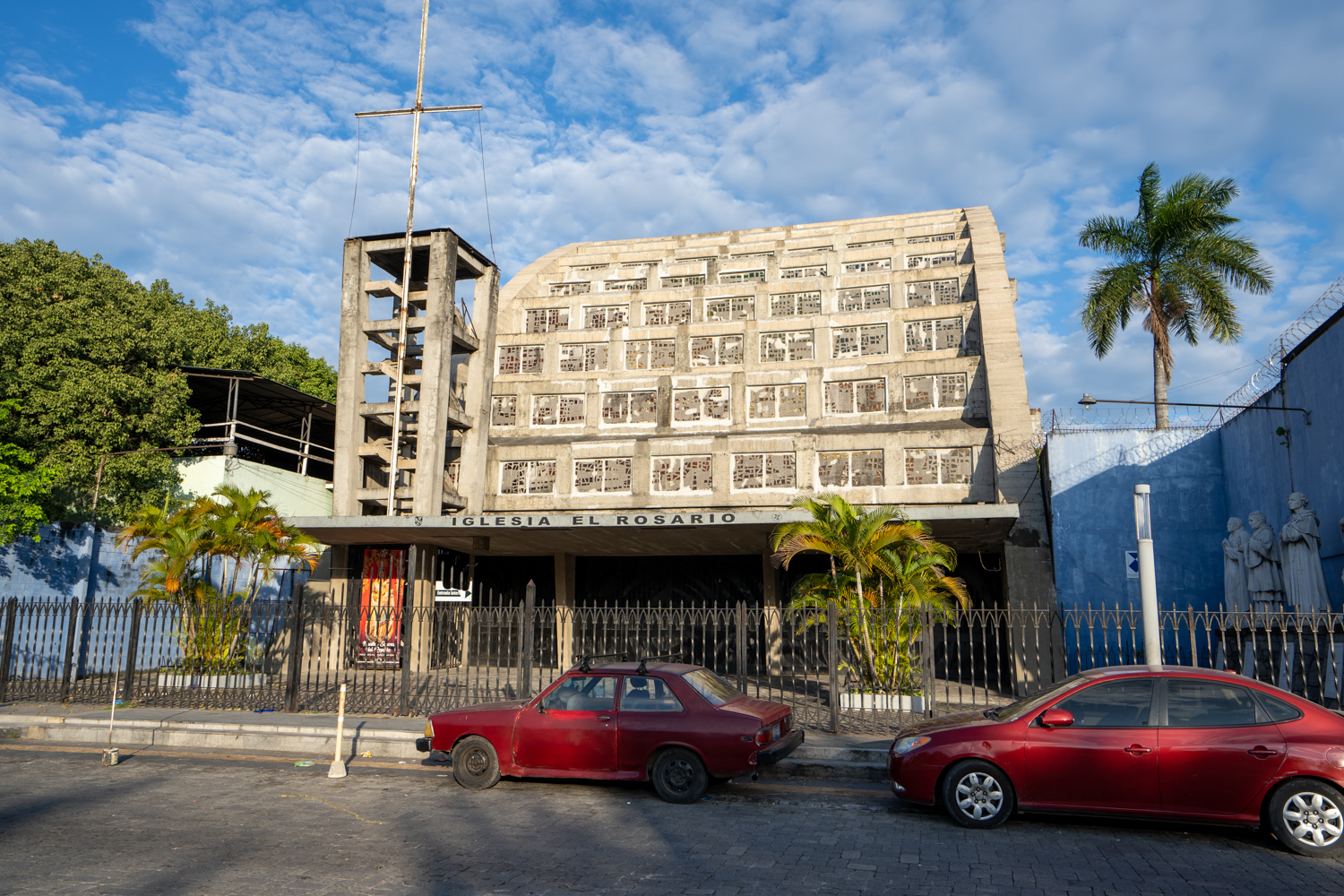
…but upon entering through its side door, I discovered one of the most beautiful churches I ever did see.

3pm: Coffee Break
Like its Central American neighbours, El Salvador is considered one of the world’s coffee powerhouses – so what better way to recharge in the middle of a long layover than an afternoon brew?
We headed to Cafe Fulanos, one of the most popular cafes among local salvadoreños, and chatted with our guide Carlos over cappuccinos and cold brews.
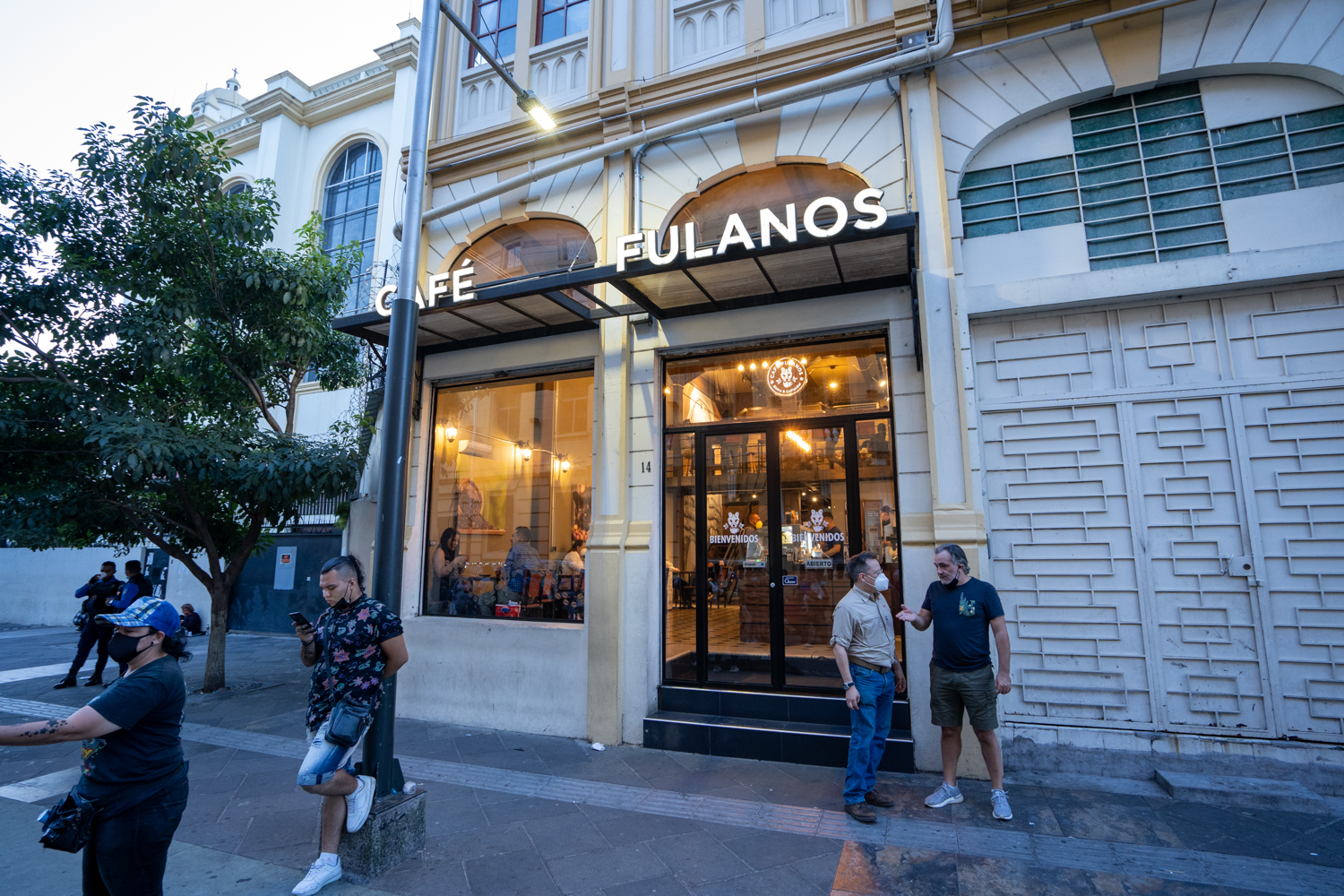
Carlos let us know more about El Salvador in the modern era, including the significant progress that the country has made in moving forward from a recent past of instability, crime, and violence.
Indeed, never once did I feel unsafe during our time in San Salvador, despite some of my pre-conceived notions before visiting this place for myself.
While moving on from its past demons, El Salvador is also embracing the future, having recently become the first country in the world to adopt bitcoin as a national currency.
I witnessed many businesses around the country – from Cafe Fulanos to the immigration entry fee itself – accepting bitcoin as a method of payment, as well as the proliferation of the Chivo wallet app to facilitate person-to-person transactions on an everyday basis.
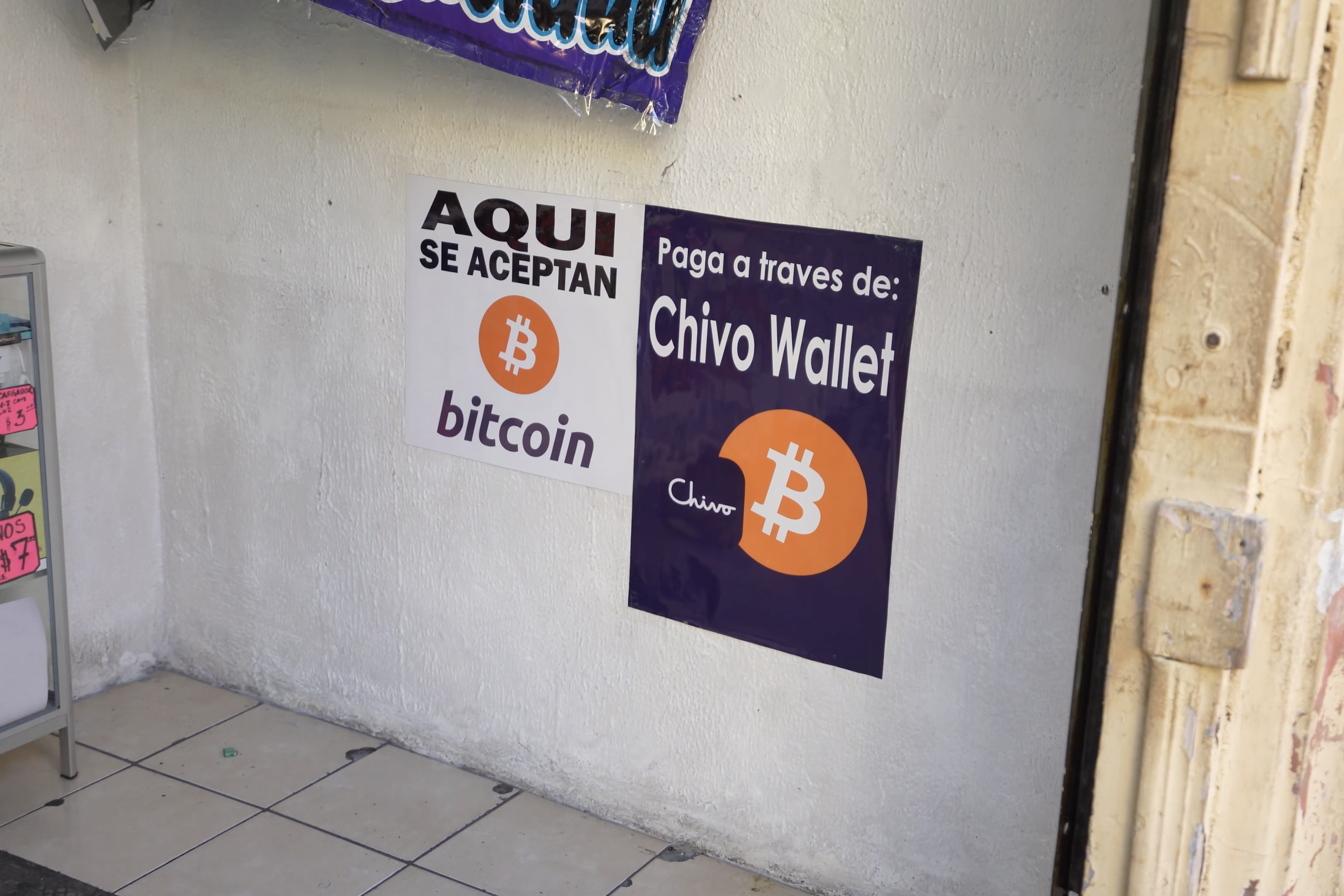
Public adoption appeared to be limited for the time being, and Carlos mentioned that he himself hadn’t gotten started with using bitcoin yet.
Still, he mentioned that the country hopes to leverage its national adoption of bitcoin to attract a wide range of investors in the cryptocurrency and blockchain space, which he hopes will bring a brighter future for the country in the long run.
6pm: Pupusas
The last stop on our day tour: getting a taste of El Salvador’s national dish, the pupusa.
While you can get pupusas from streetside vendors in San Salvador, the best experience is to head to a dedicated pupusería, many of which are found on the outskirts of town along the highway to the airport.
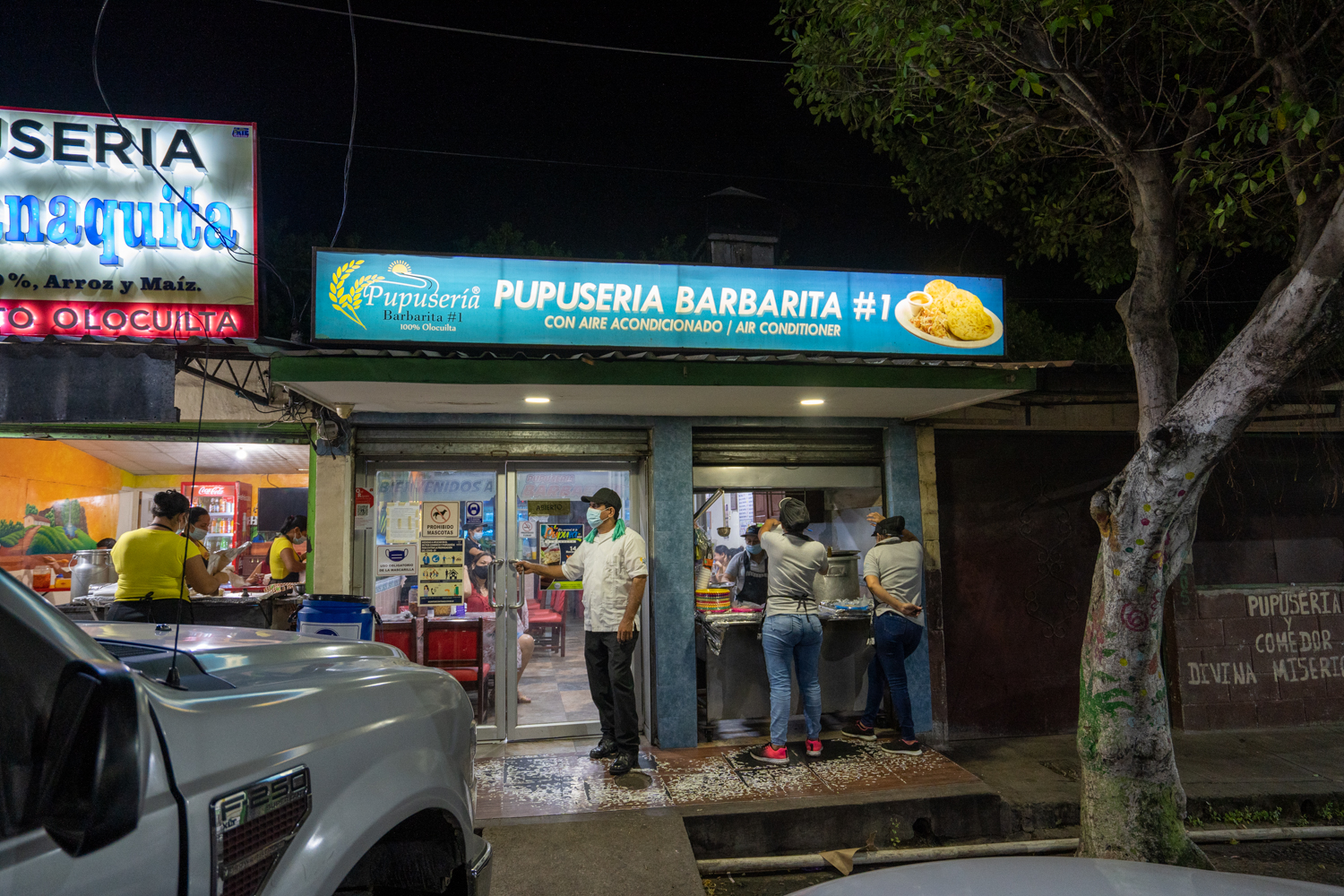
Our guide brought us to Pupusería Barbarita #1, holder of a Guinness World Record for the largest pupusa ever made!
The classic variety is pupusas revueltas: a hearty flatbread stuffed with cheese, beans, and chicharrón (fried pork rinds), served with pickled cabbage and a mildly spicy tomato sauce.
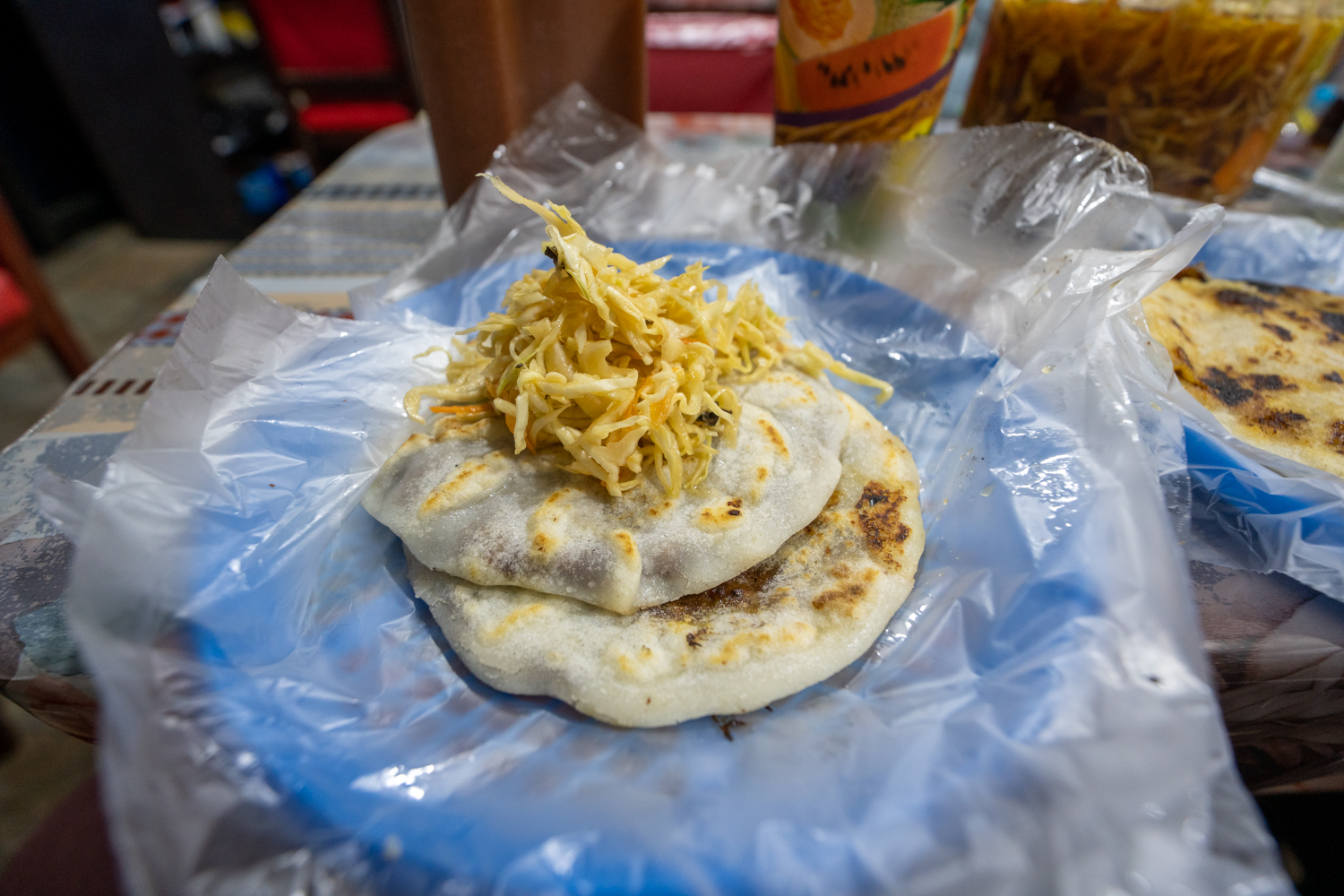
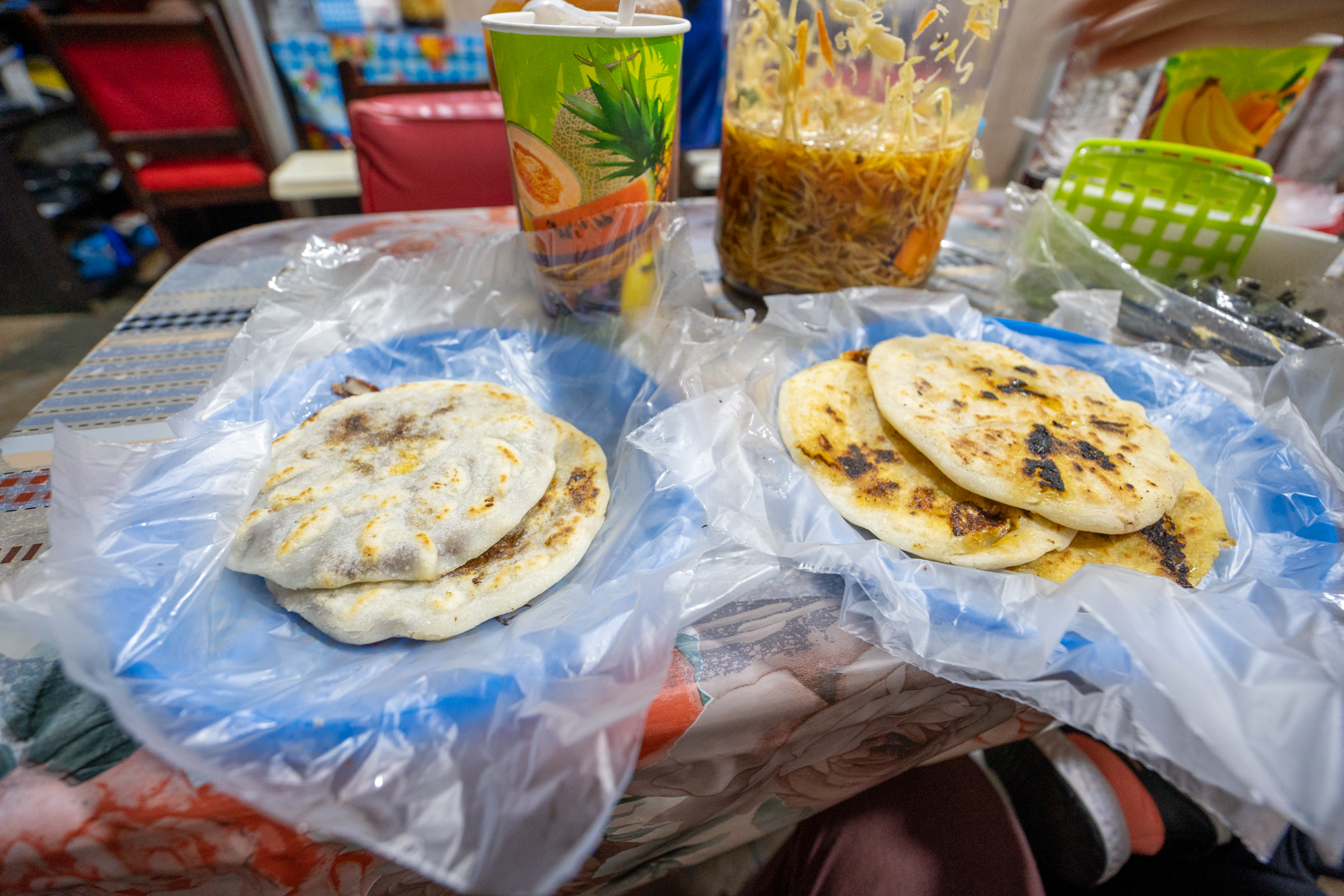
Of course, we couldn’t resist trying all kinds of other flavours too, between every combination of corn and rice flatbreads and chorizo and shrimp fillings, filling our bellies to the very brim before our journey back to Saint Óscar Romero International Airport for our onward flight to Managua.
If You Have More Time in El Salvador…
While I only had the pleasure of spending a day in El Salvador, fellow Prince of Travel writer T.J. has previously spent more time in in the country, and he’s offered to share some of his experiences during a week-long trip.
In March 2018, my wife Ashley and I spent a week in El Salvador with our friends Joey and Sarah. We decided to soak up some sun in Central America during the blustery winter months.
Ashley had previously spent a month in El Salvador volunteering on an organic bird-friendly coffee farm, so she gave us a general idea of what to expect. For the rest of us, it was our first time in the country.
We spent the majority of our time in the capital, San Salvador, exploring our area on foot and eating pupusas. We were there during an election, so many bars and restaurants were closed to observe the mandatory three-day dry spell.
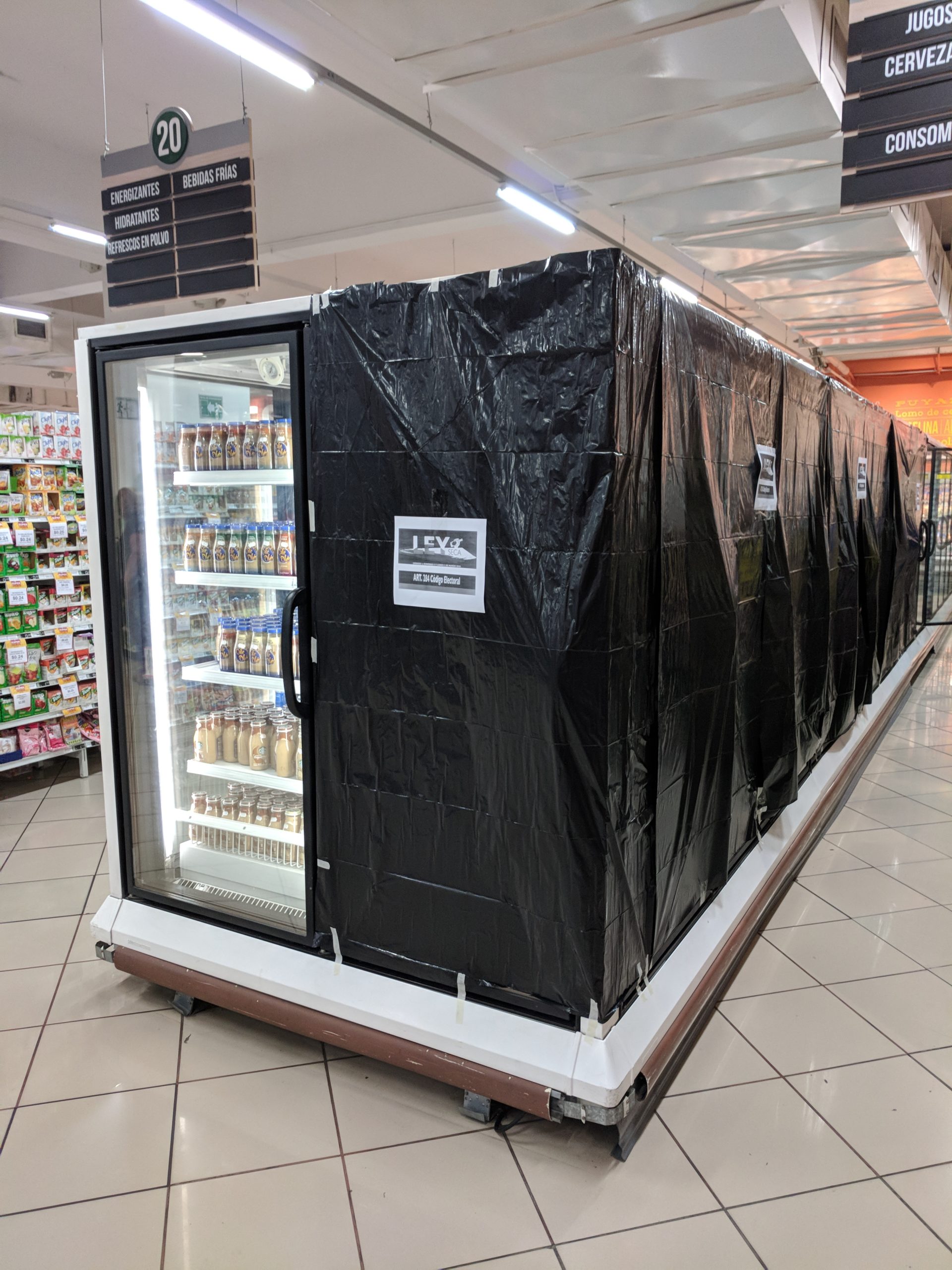
The morning after an evening hike to watch the sunset at Los Planes de Renderos, we headed to an Airbnb for a two-night stay on Lake Coatepeque. Our hotel helped us to arrange a taxi to our destination, which was about two hours away.
We had a private dock on the caldera lake. We spent most of our time relaxing in the sunshine, floating in the lake, and enjoying some food from a nearby restaurant. The property had a friendly armed guard who greeted us with a smile and ensured our safety.
We spent a day in Cerro Verde National Park hiking around a volcano, which was around an hour from our accommodation. We hired a local guide who picked us up and lead us on the hike.
We were rewarded with outstanding views of the Santa Ana Volcano after a leisurely hike. There were also nice views of Lake Coatepeque, into which we promptly dove upon our return from the hike.
The remainder of our trip was spent at an oceanfront cottage near Playa Costa del Sol in the La Paz Department. We decided to structure our trip this way so we could just relax for five days after a busy beginning to our trip.
I can’t say enough about our time here. On our property, there was an entire four-bedroom cottage, a covered hammock area, an open-air kitchen with an outdoor dining area, a swimming pool, palm trees, a guard/host, and direct beach access. The price per night was around $200, too, which I consider an absolute bargain.
We thoroughly enjoyed ourselves here, spending most of our time cooking meals together, reading in the hammocks, enjoying freshly-sliced coconuts, walking on the beach, and frolicking in the waves.
There was a local pupusería a few minutes away that we frequented, too. $2 got us a filling meal with a beer when we didn’t feel like cooking.
Our friends often ask us about how safe we felt during our trip, as El Salvador isn’t necessarily known for worry-free travelling. I’m pleased to say that there weren’t any times when anyone felt uneasy during our trip, and I’ve heard the same from many friends who have surfed there for several months at a time.
As with travel anywhere, it’s best to connect with locals for how to best ensure a safe and pleasant trip.
I’d love to return to El Salvador for an affordable trip in the near future.
Conclusion
As the smallest country in Central America, El Salvador perhaps isn’t a destination that tops many travellers’ bucket lists.
But with San Salvador’s prime location as a connecting hub on Avianca itineraries down to other parts of Latin America, it certainly makes for a worthy long layover for your next trip around this part of the world.
Learn more about our shared human heritage at the Joya de Cerén archaeological site, get up close to a volcano at Parque El Boquerón, and take in the varied sights, sounds, and smells of San Salvador, a major Central American hub city.
And if you’re able to plan a longer trip, then don’t miss a trip to the shores of Lake Coatepeque and a hike up the Santa Ana volcano, all fuelled by El Salvador’s distinctive coffee roasts and pupusas jam-packed with flavour.



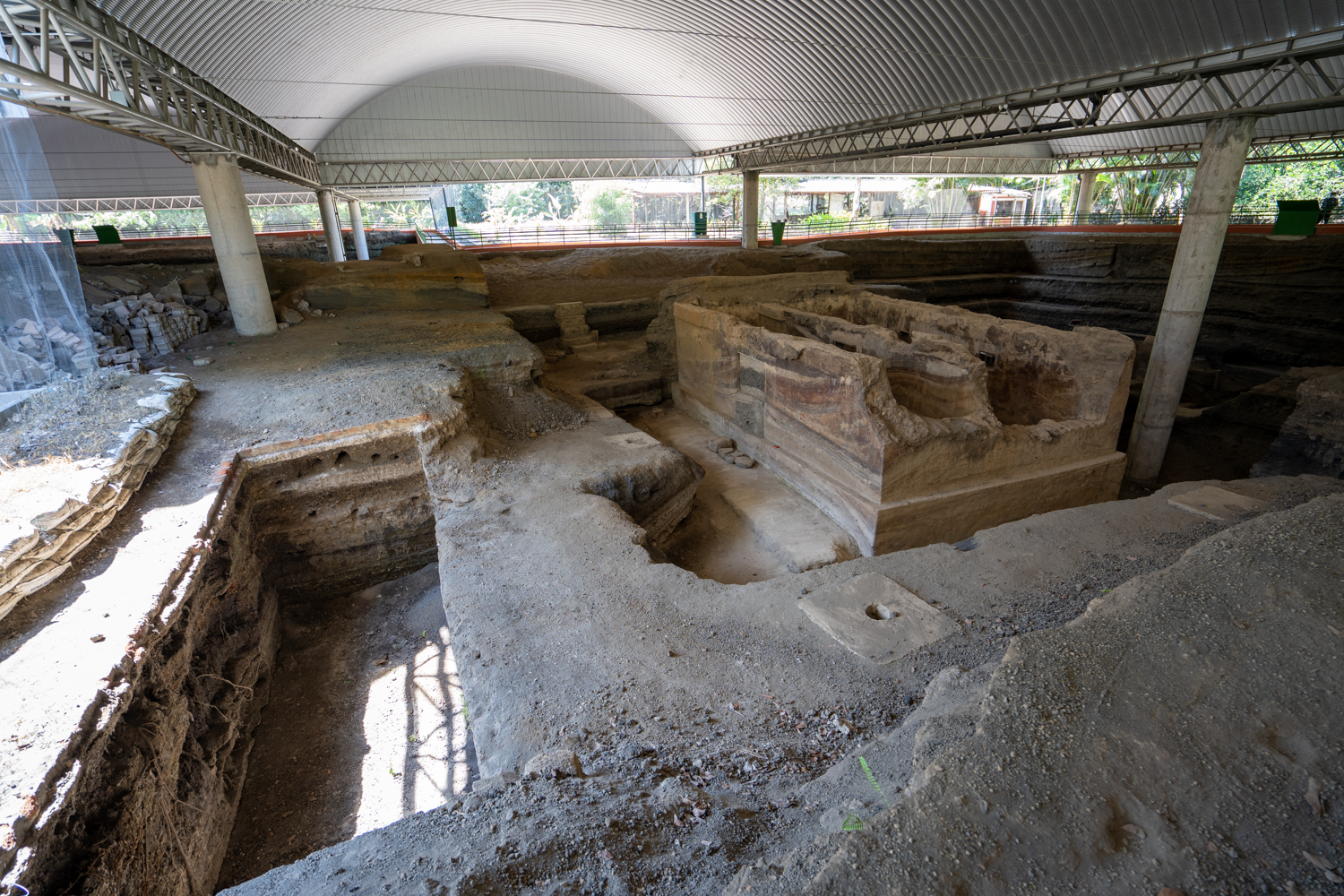
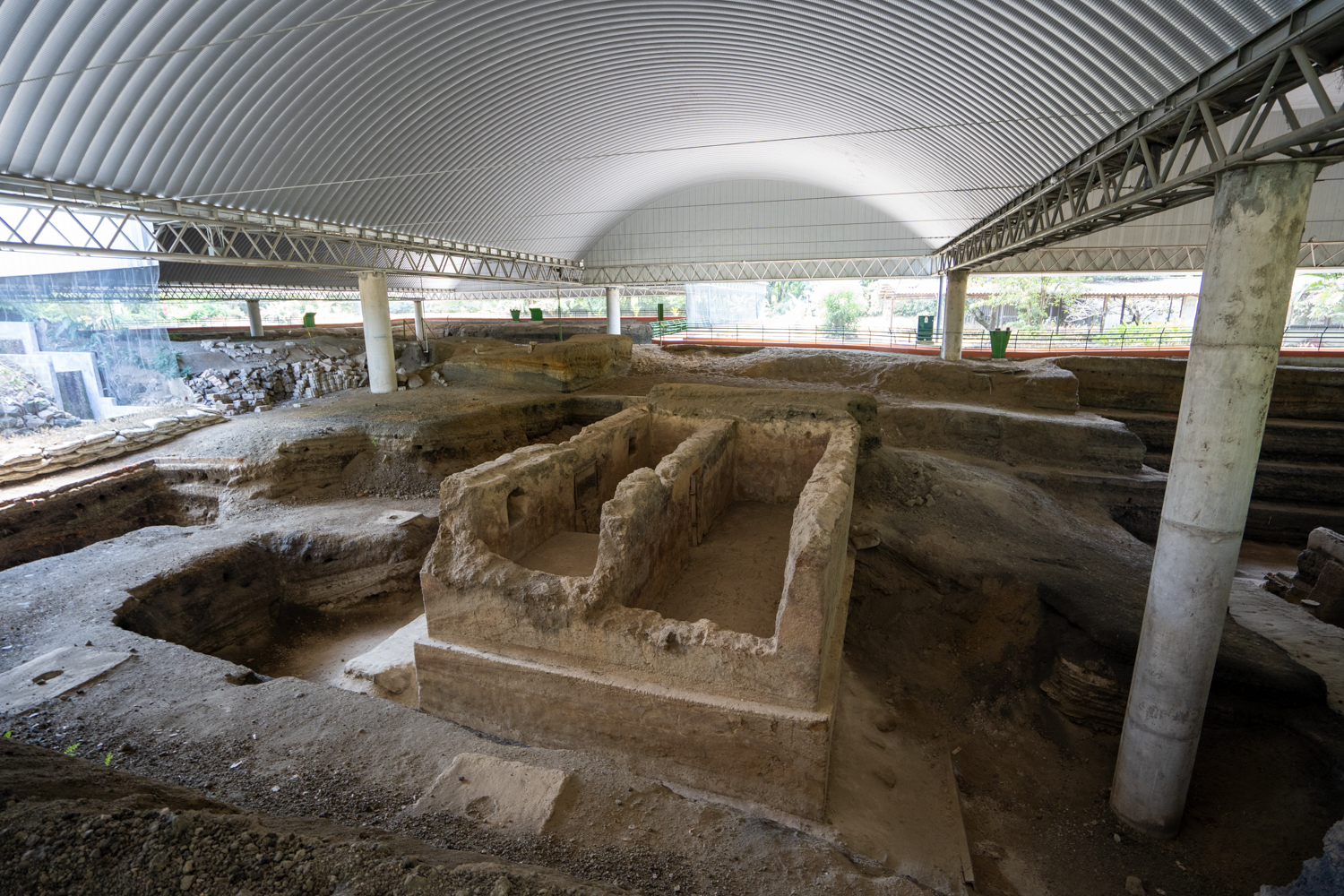
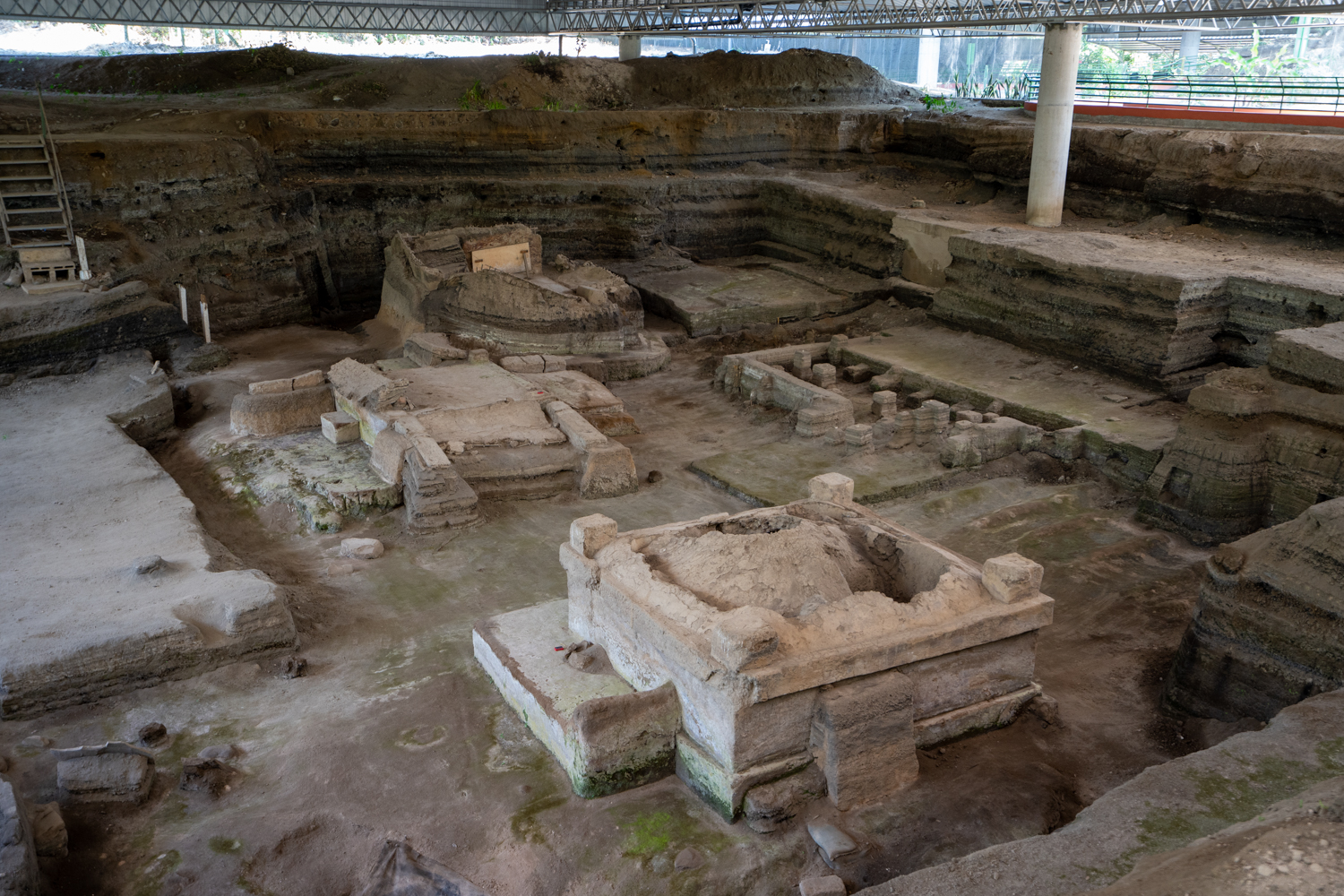
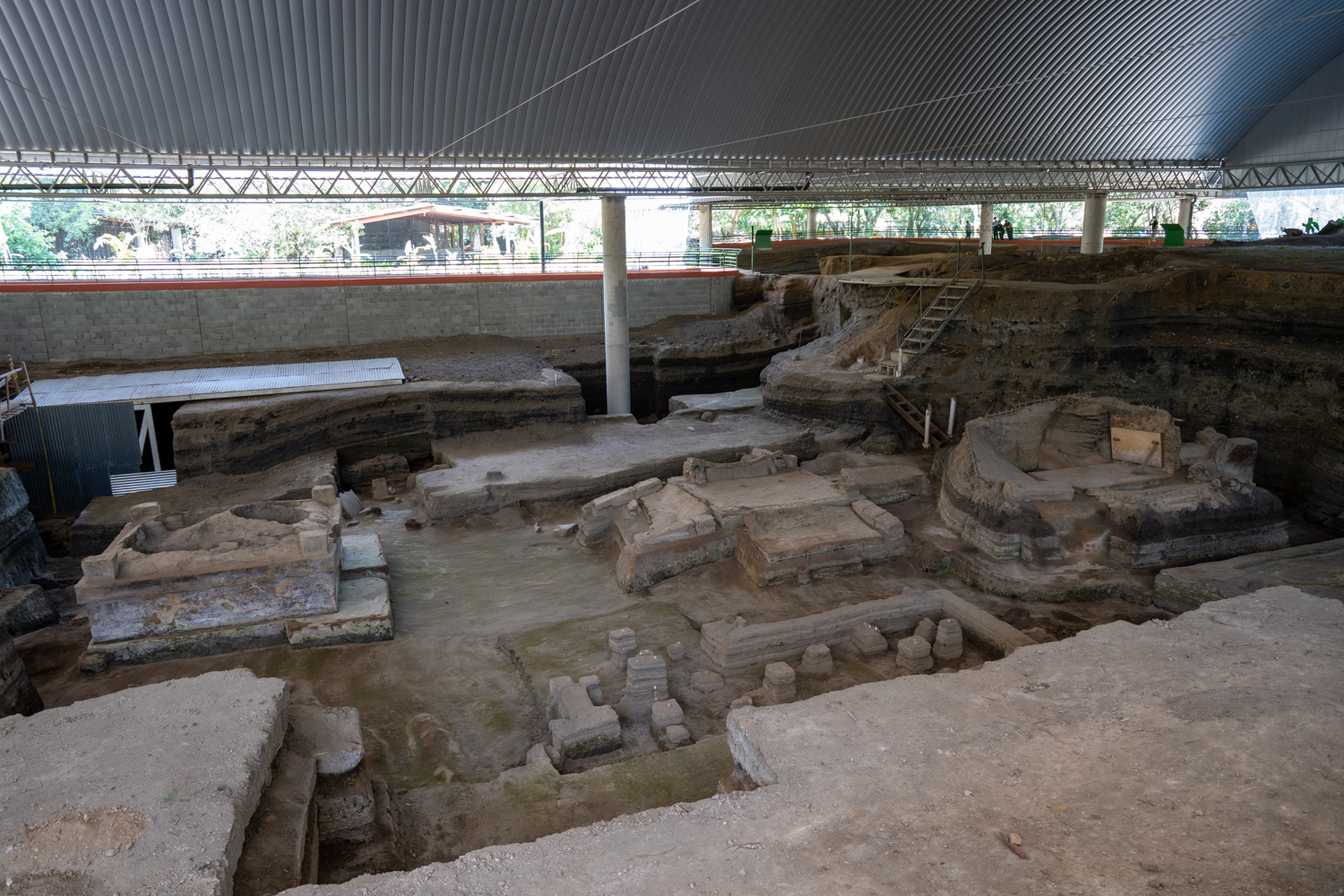
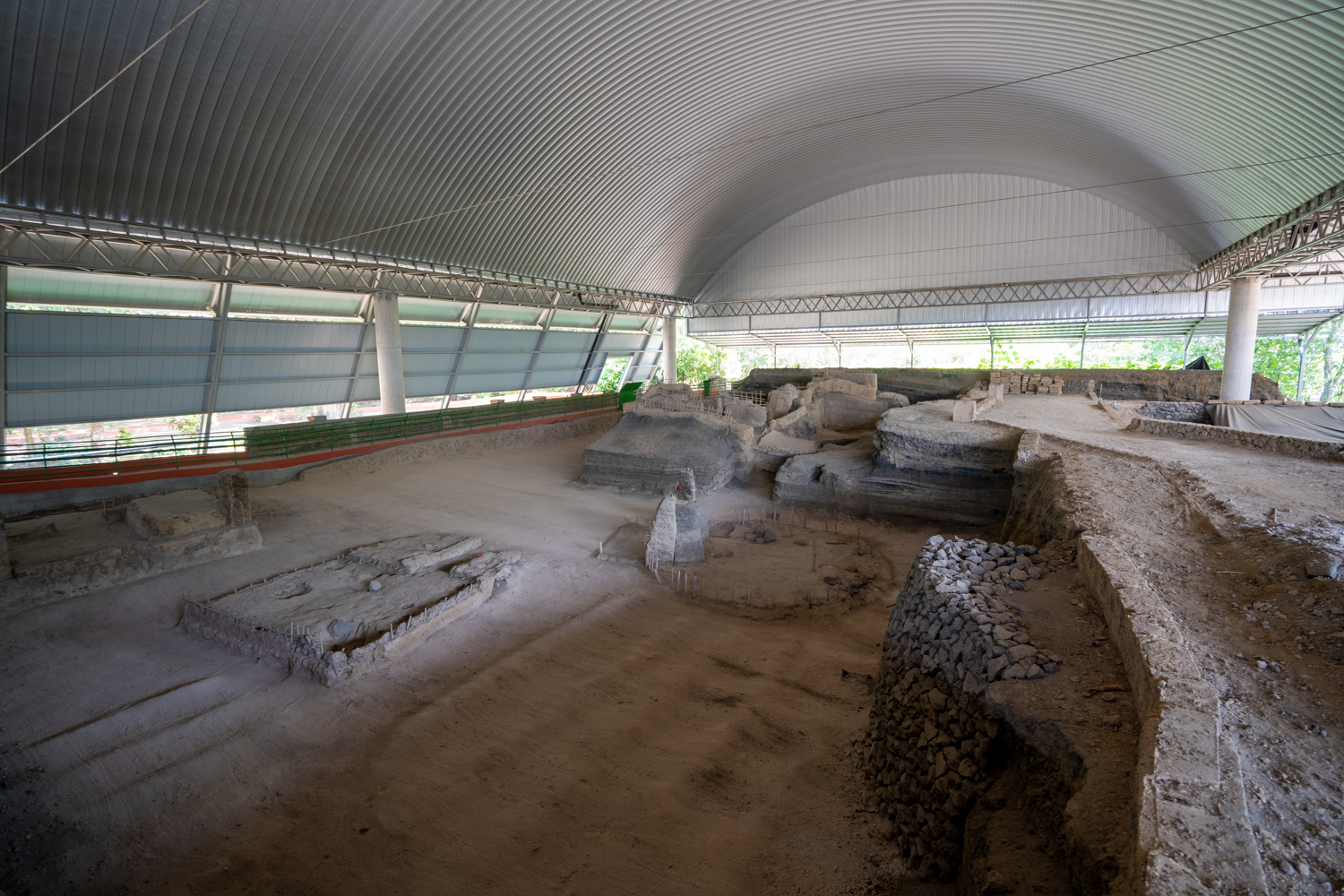
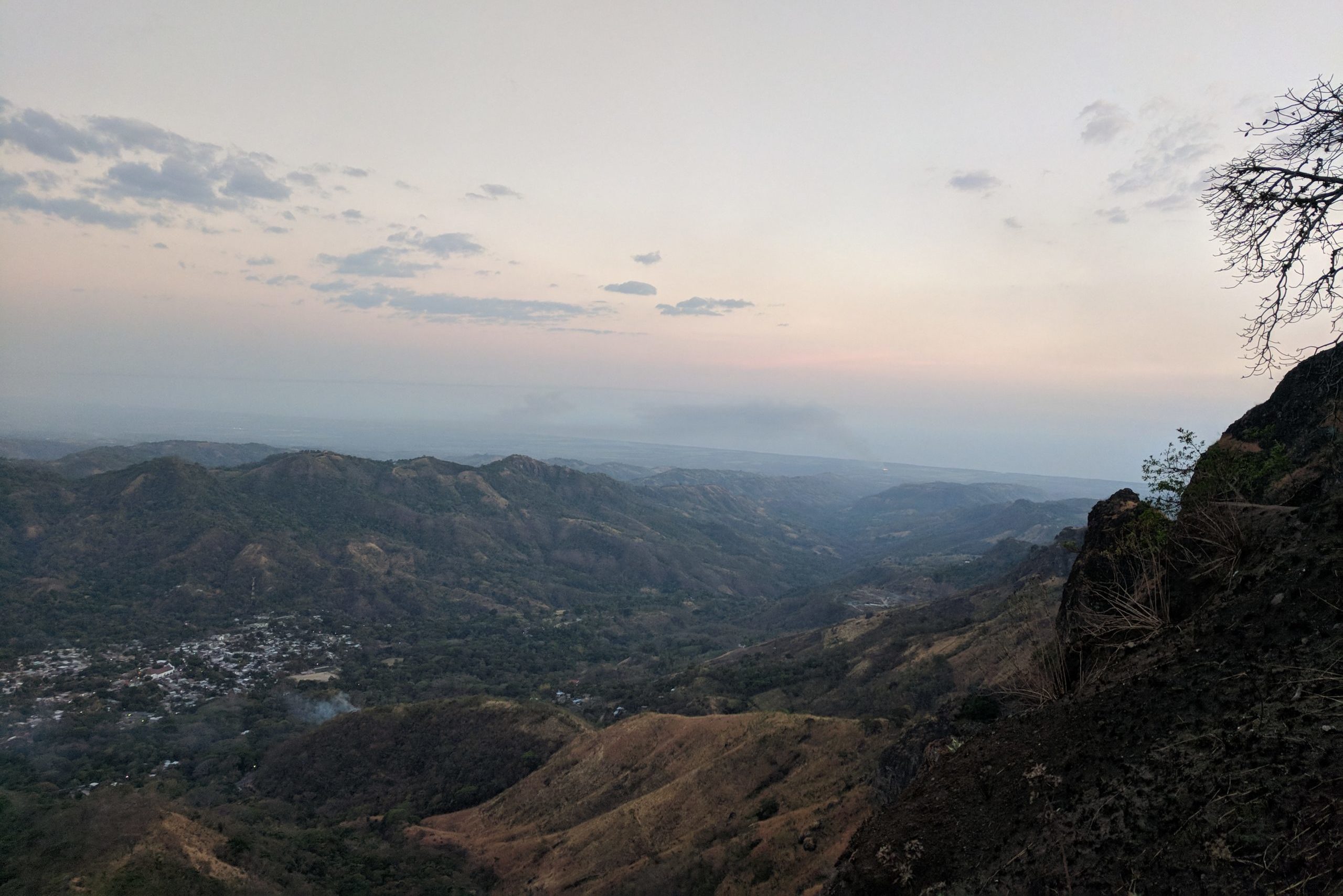
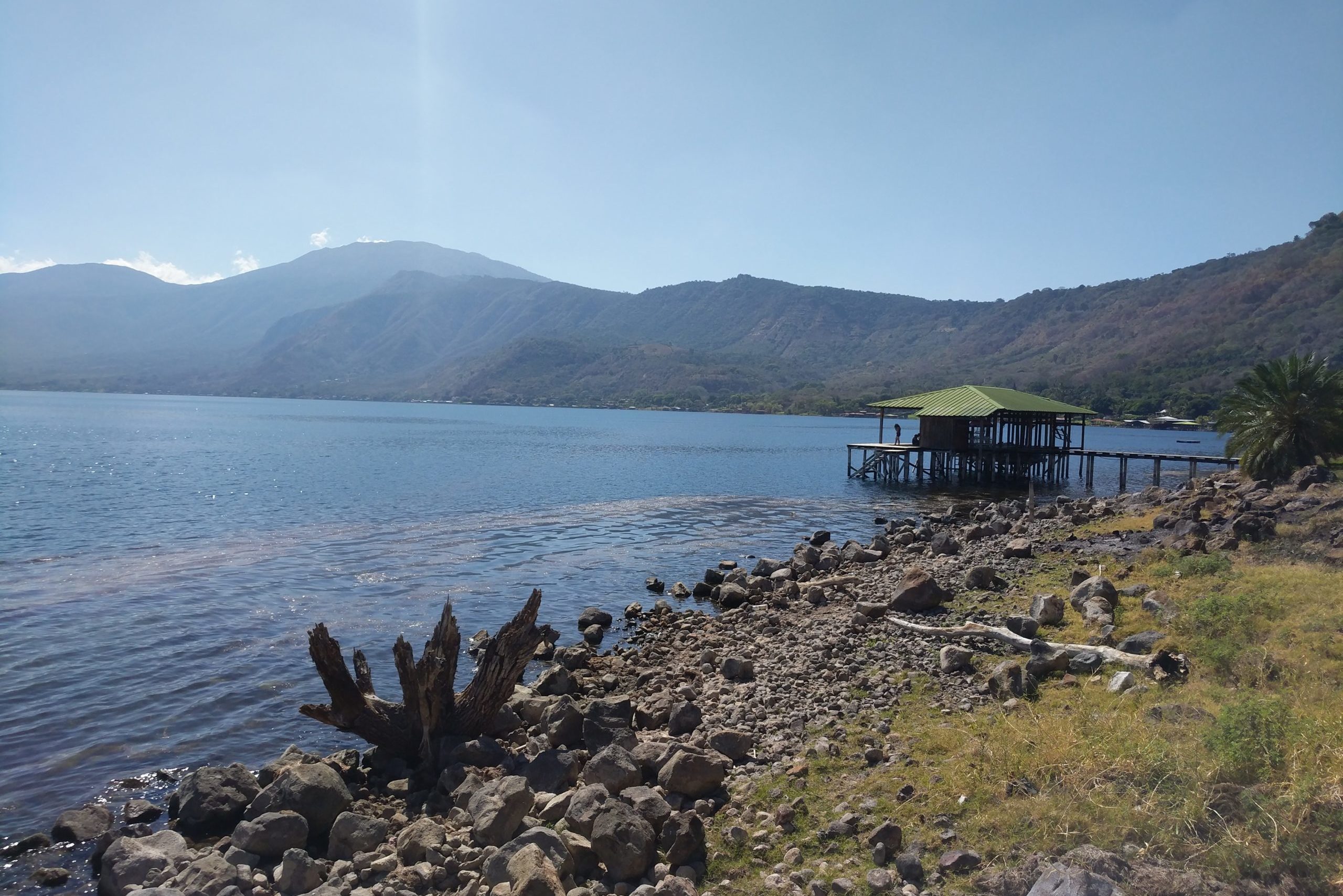
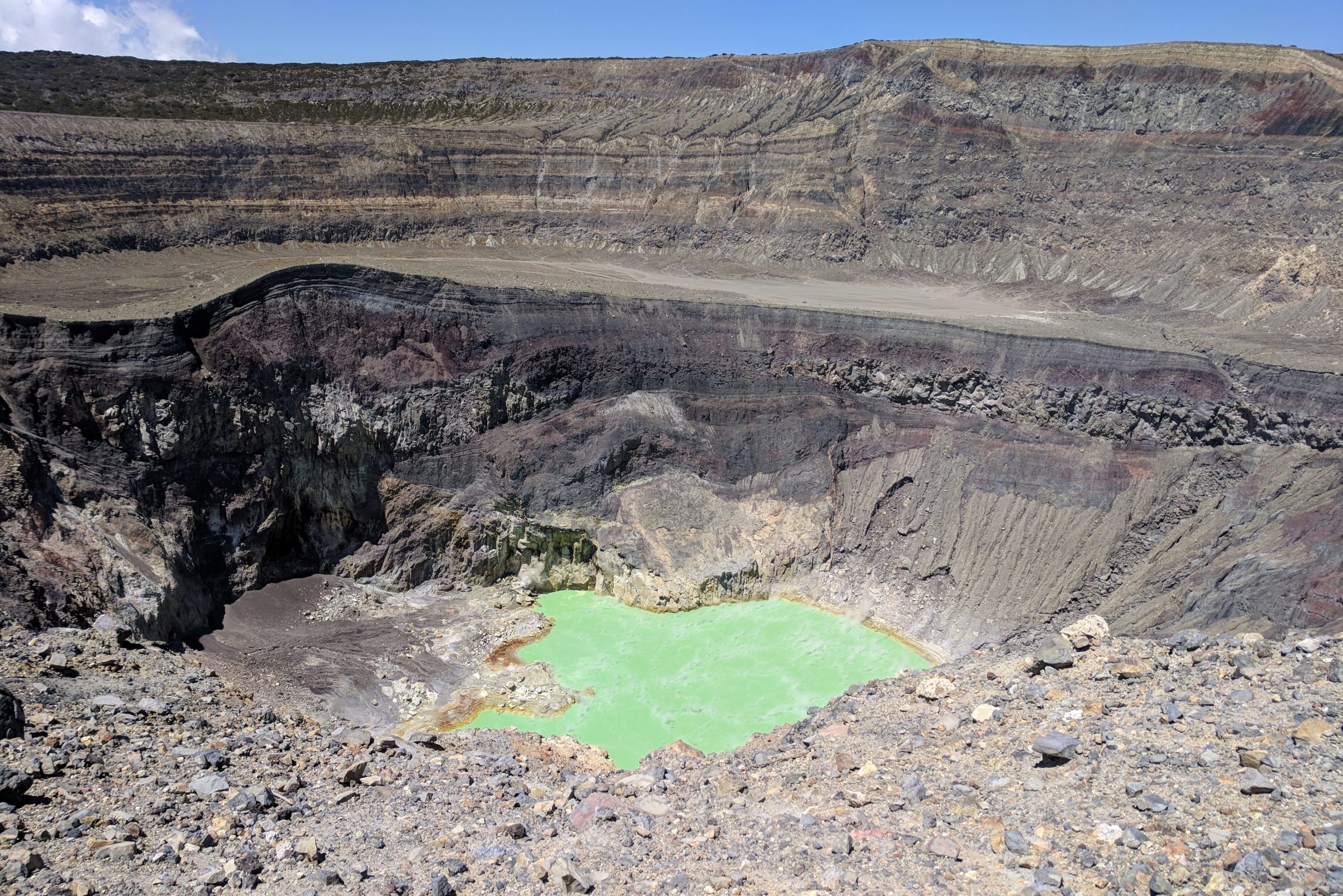
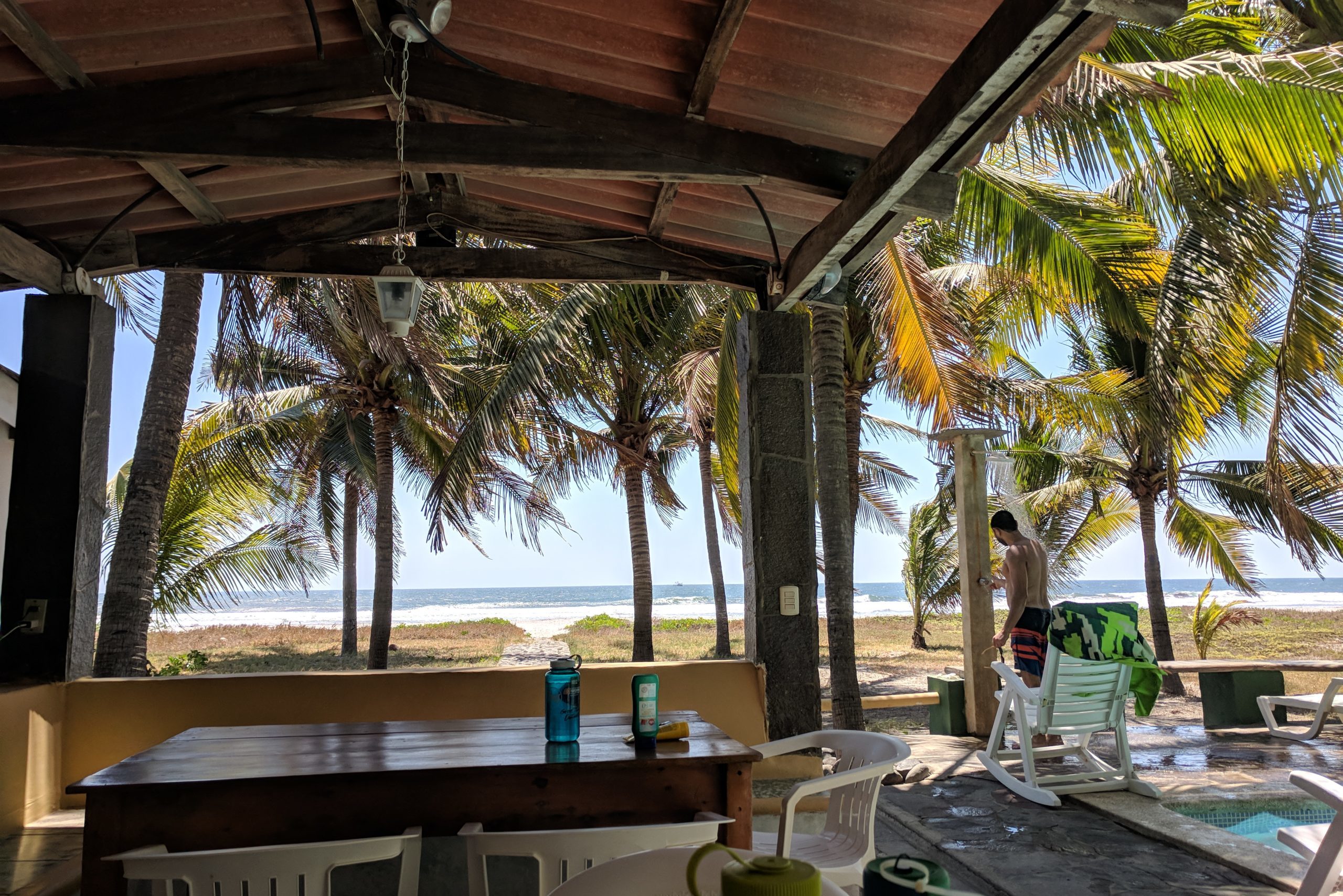
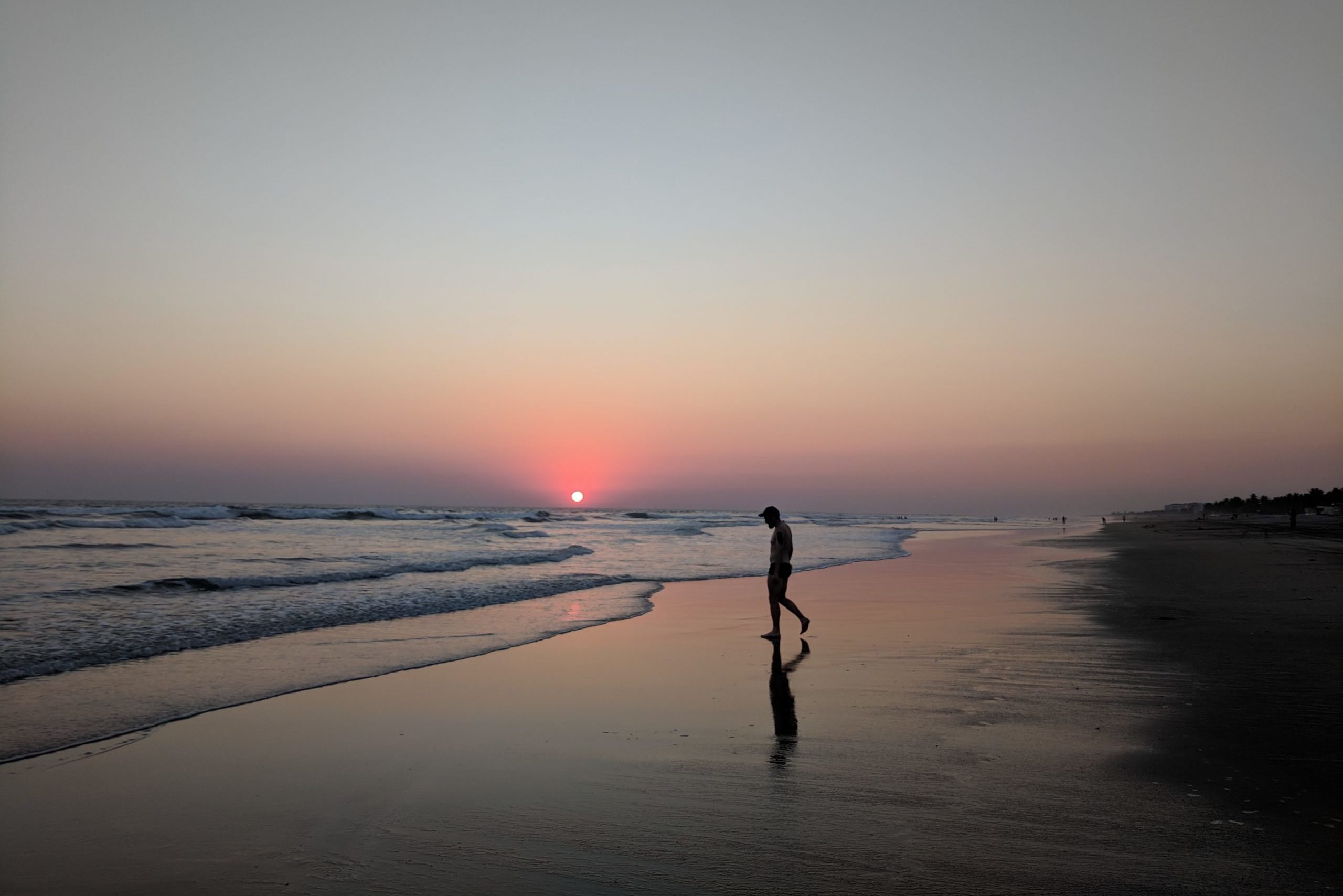
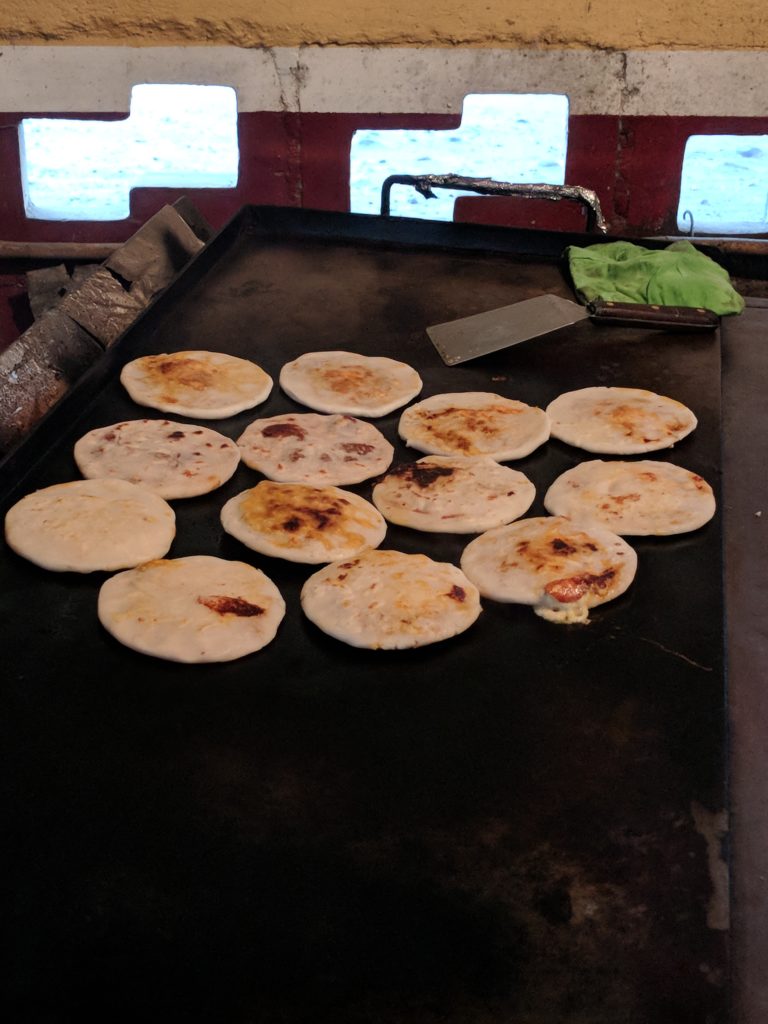









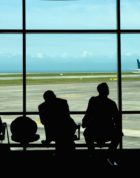



This are the positive things I like to read and hear about my country. It has a lot of beautiful places to visit and explore, from volcanos to beaches and archeology, lakes and so much more. Our President Nayib Bukele is making sure that the country is safe for all citizens and tourists. Thank you for the nice post about El Salvador🙏🏻